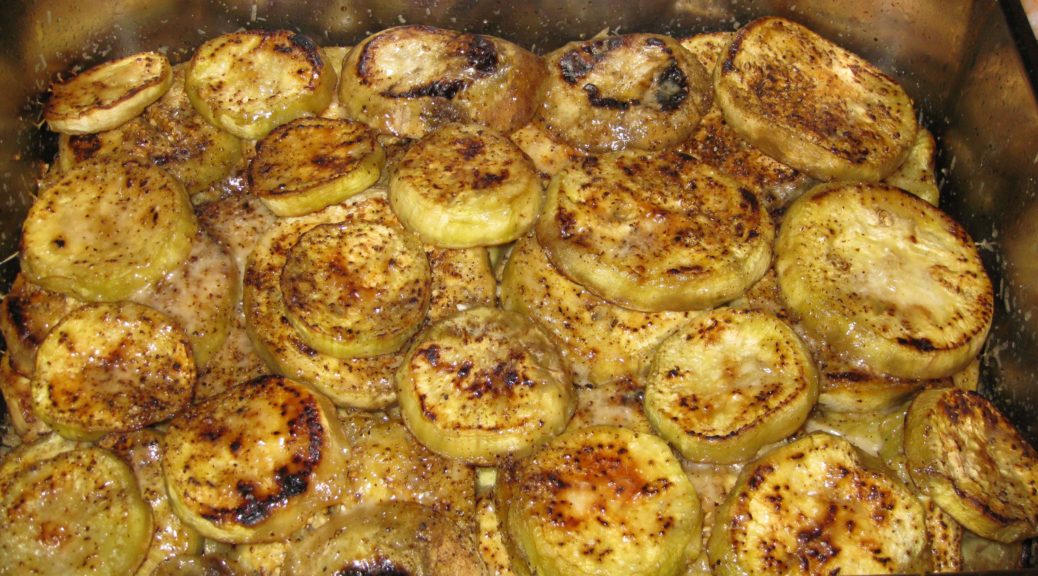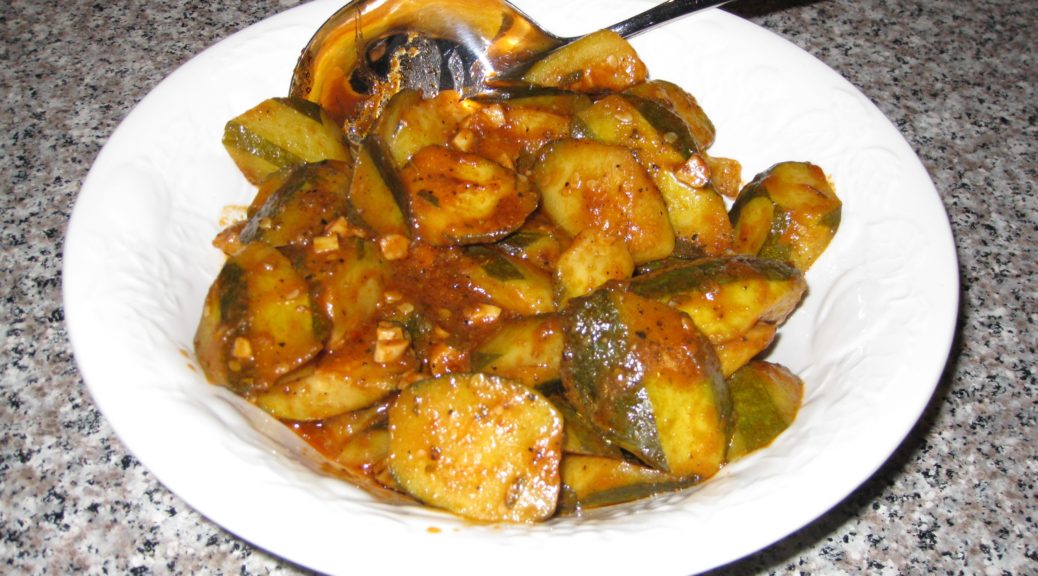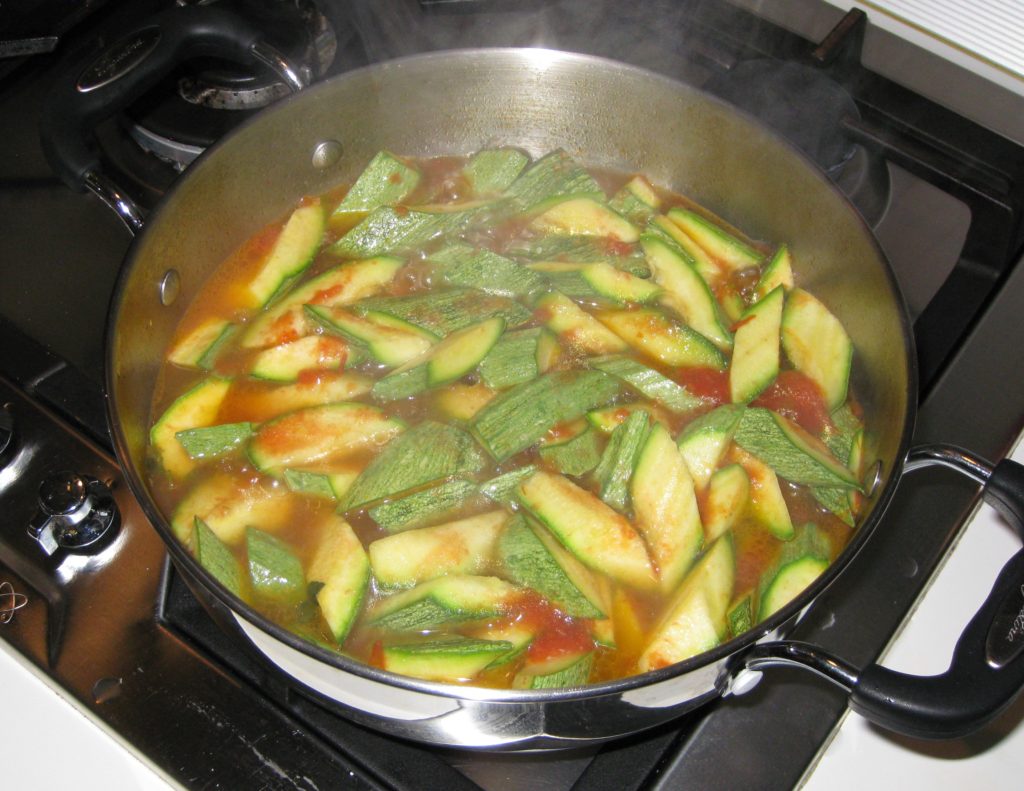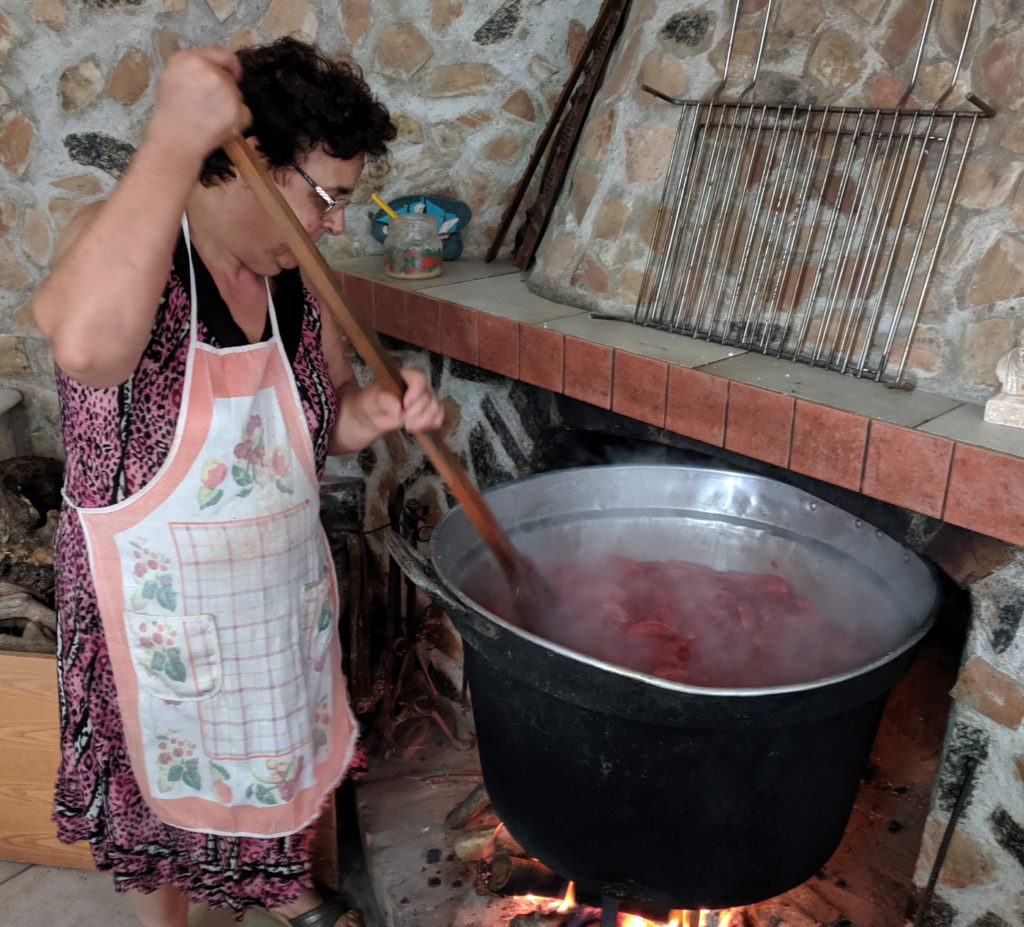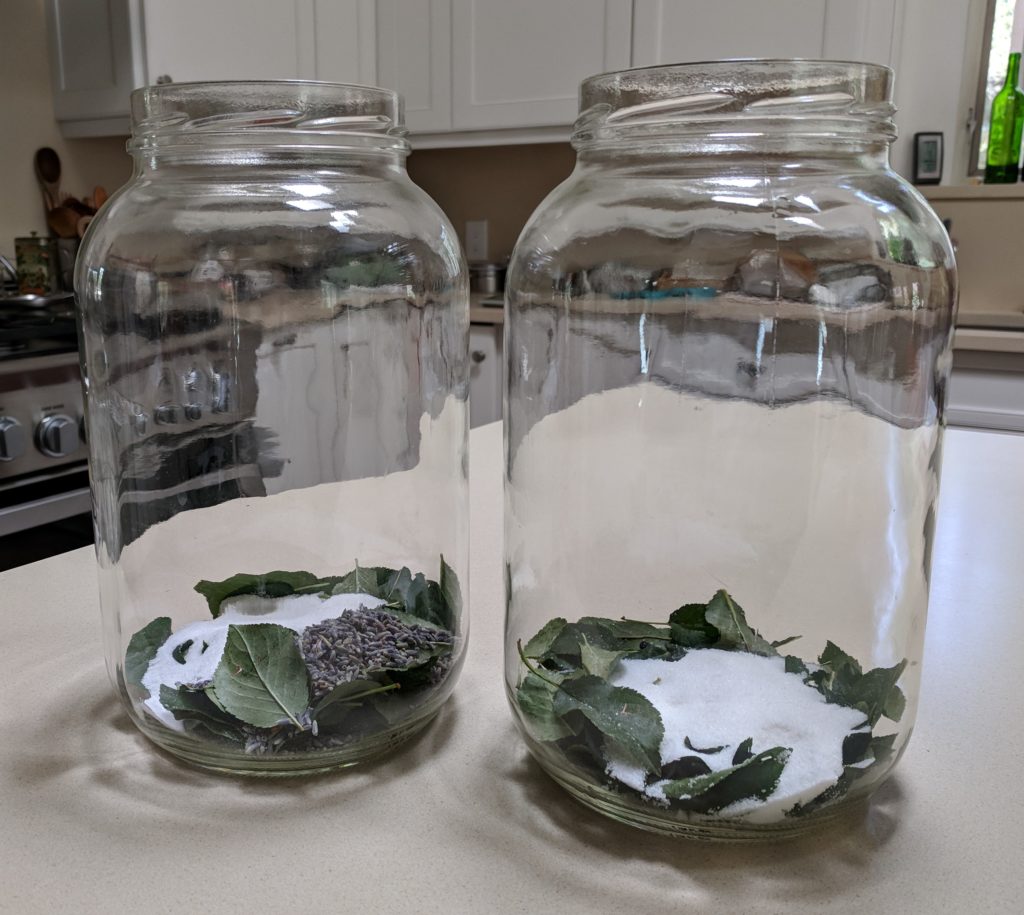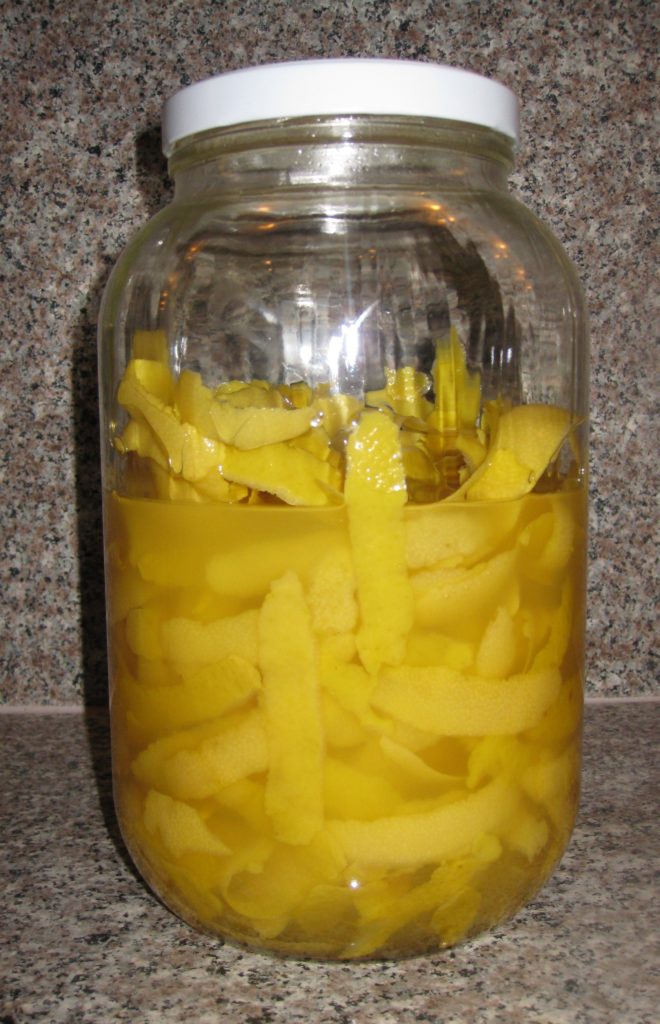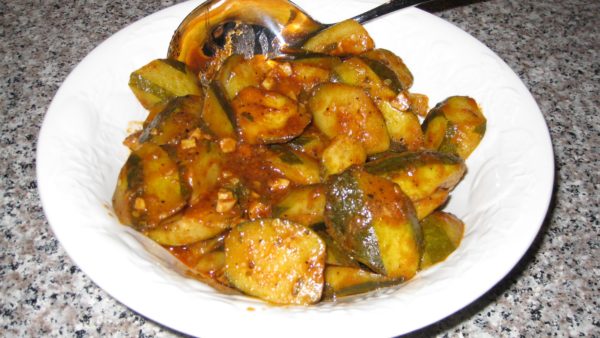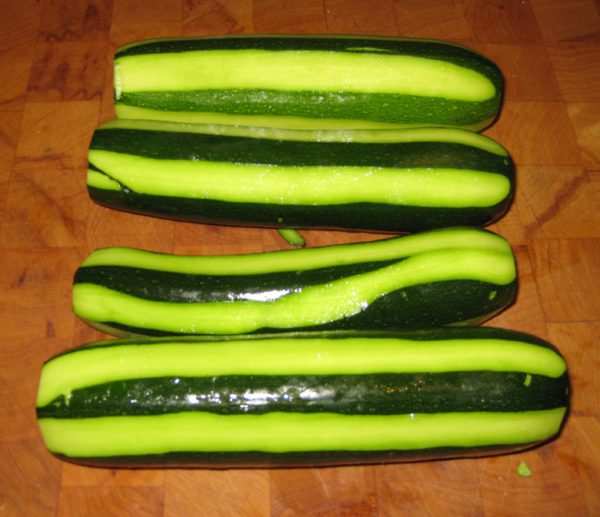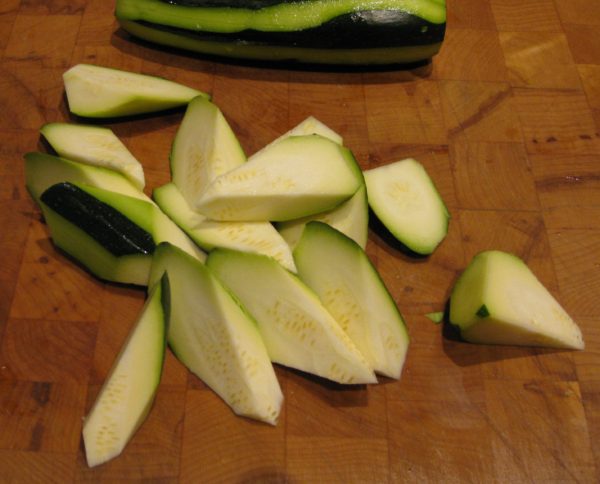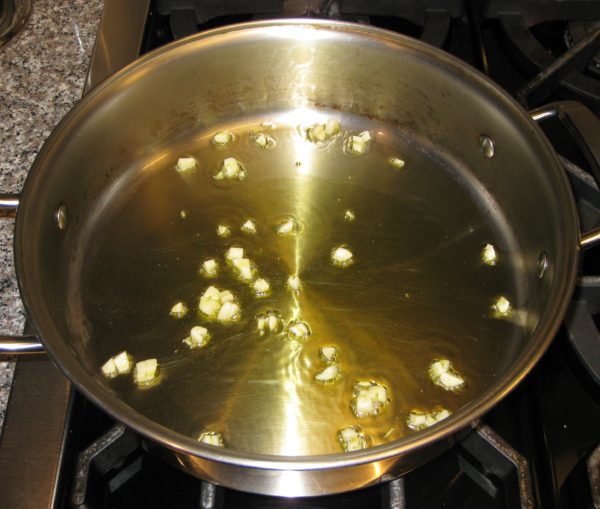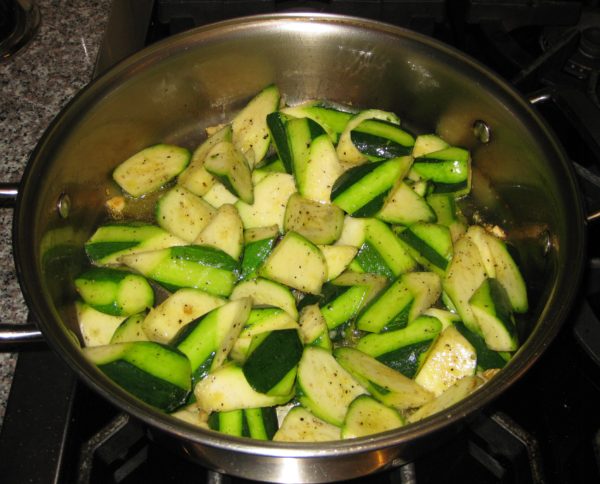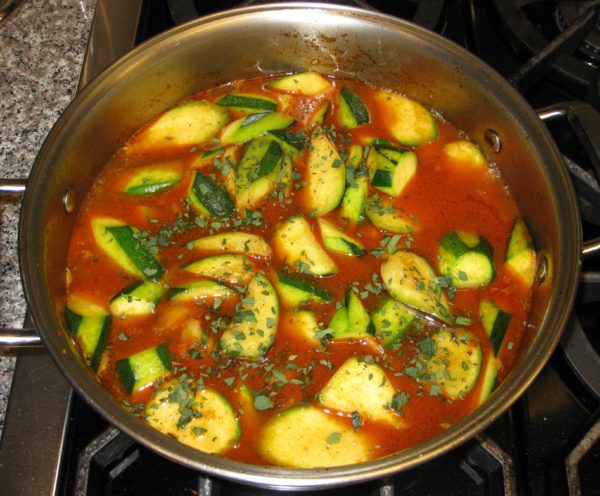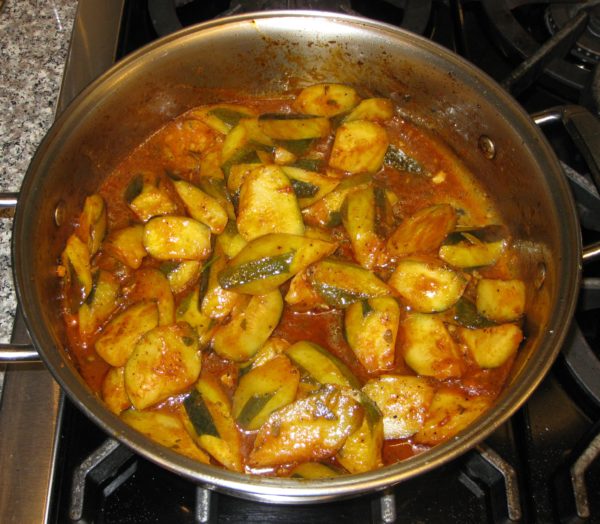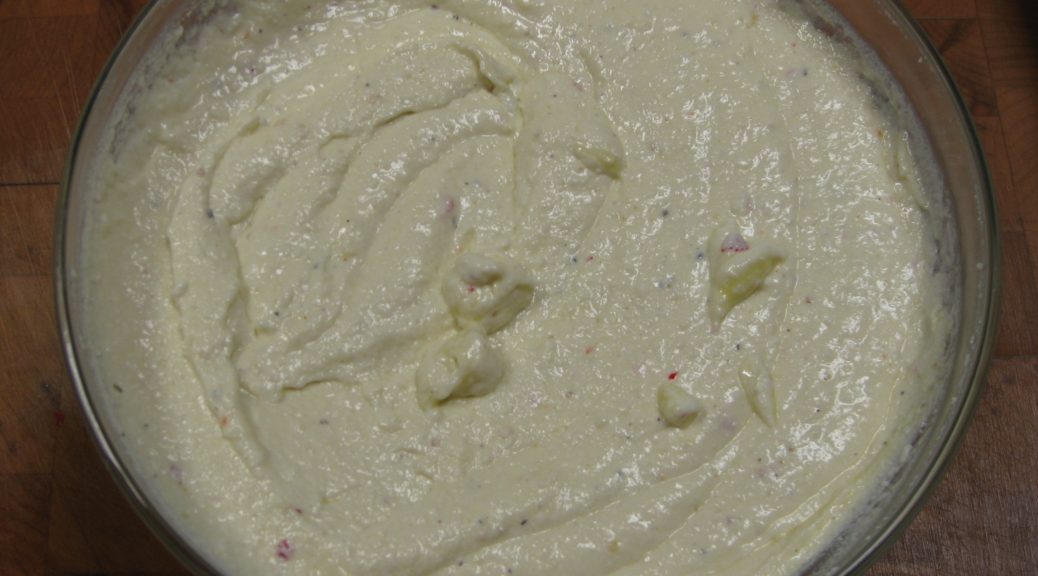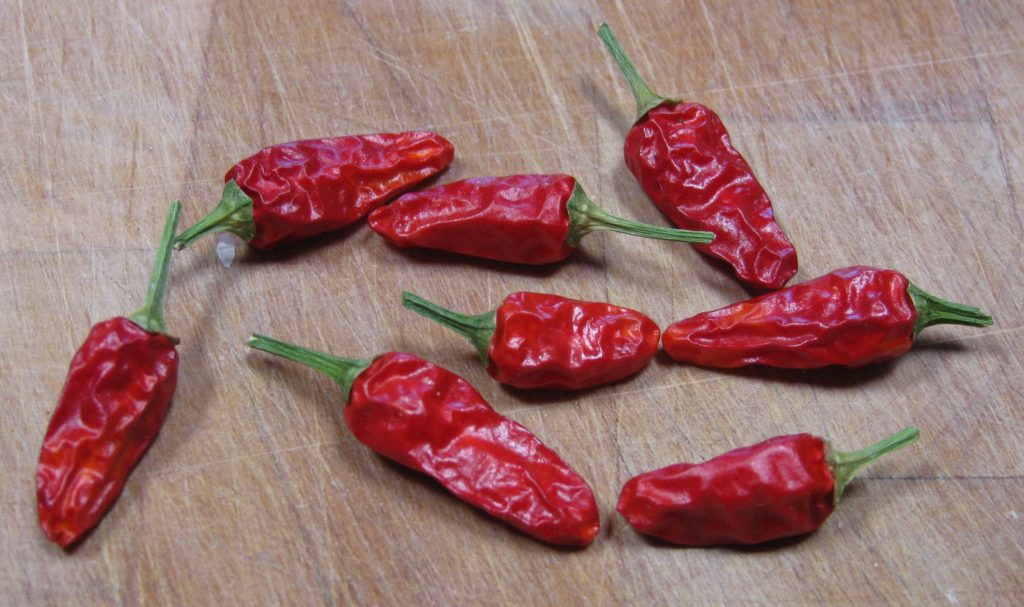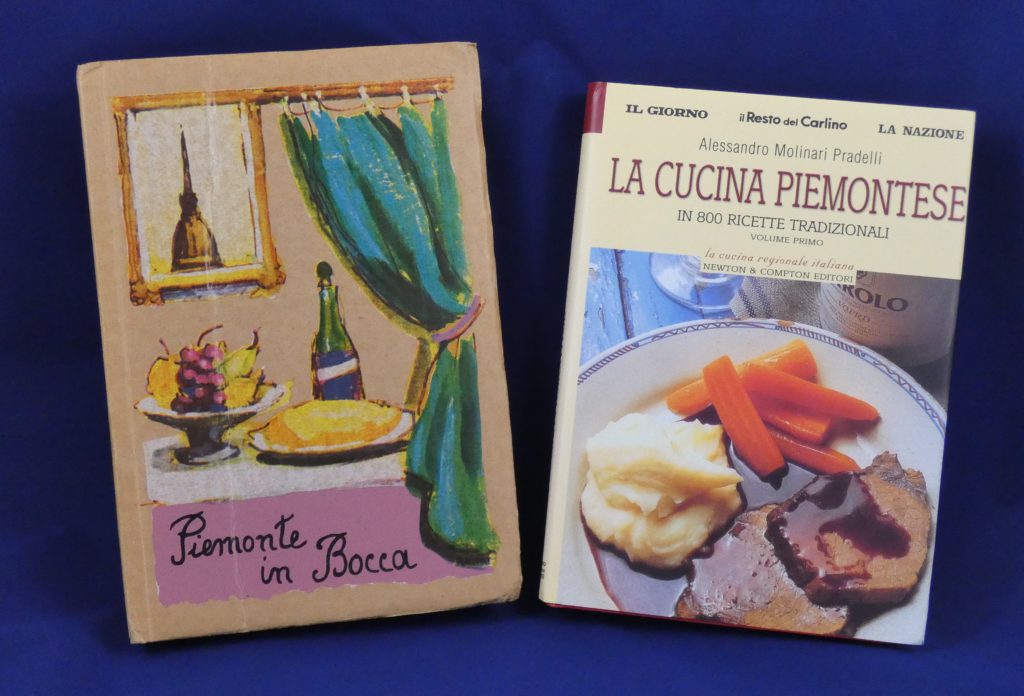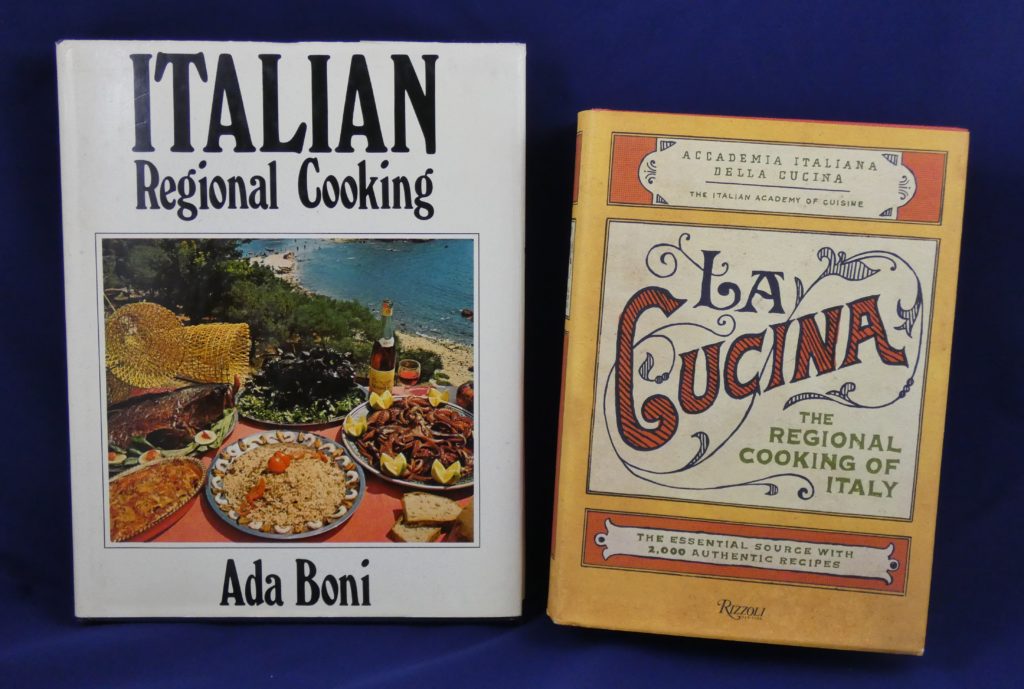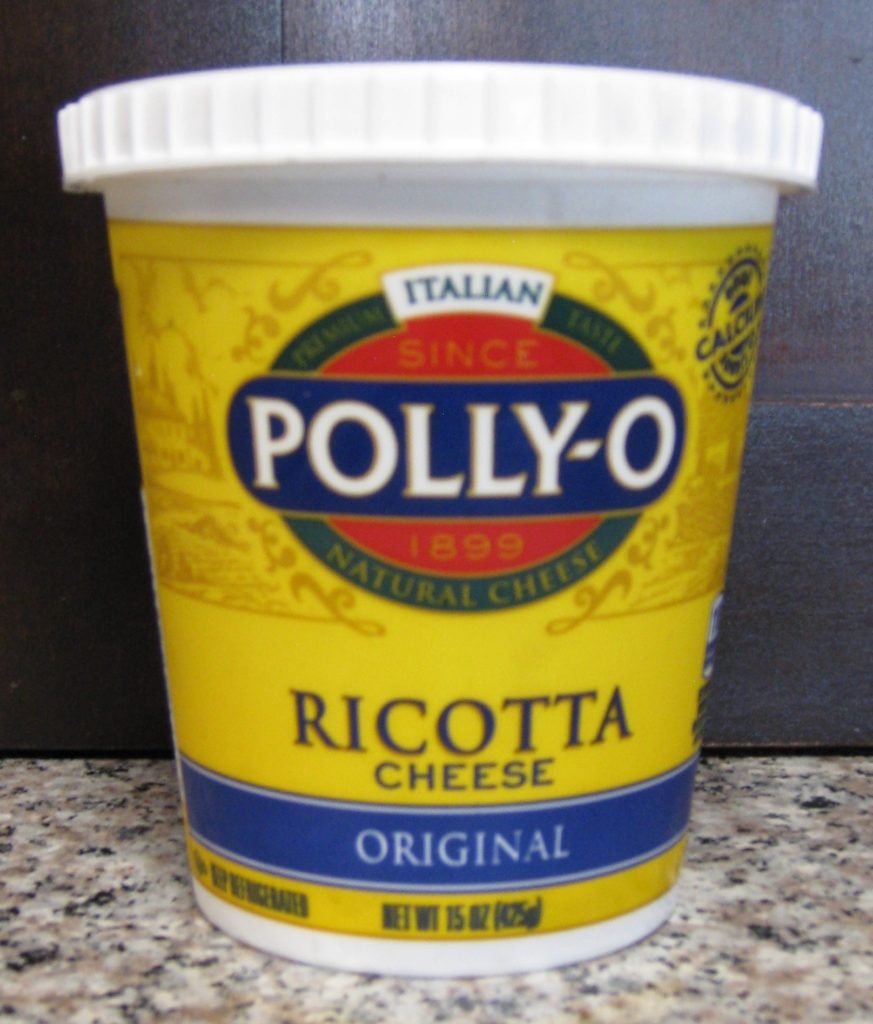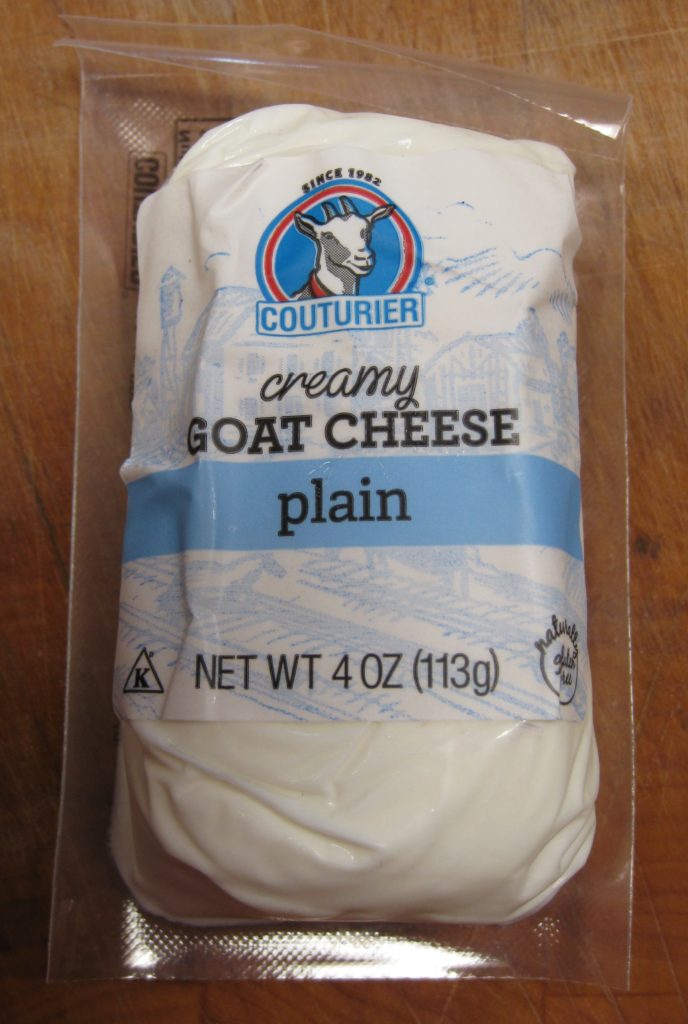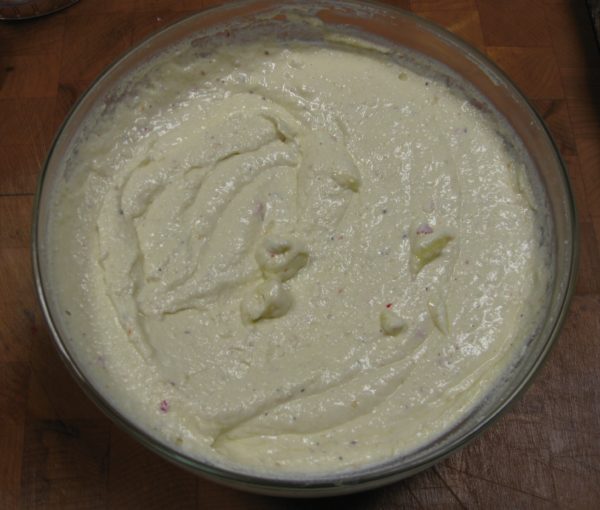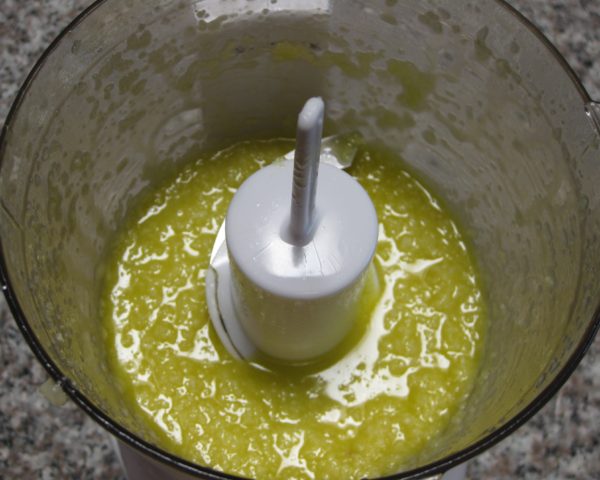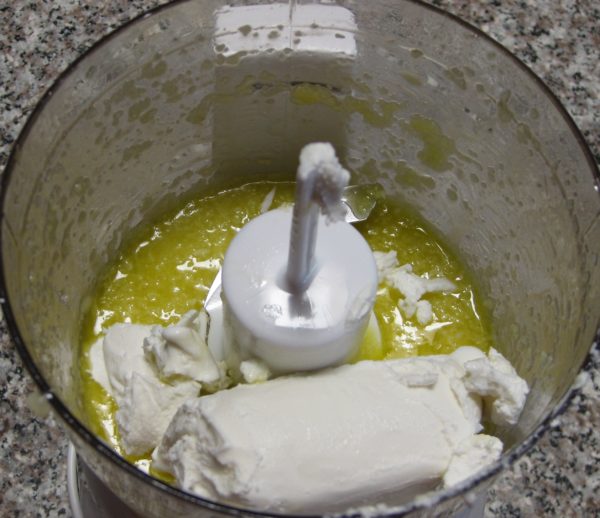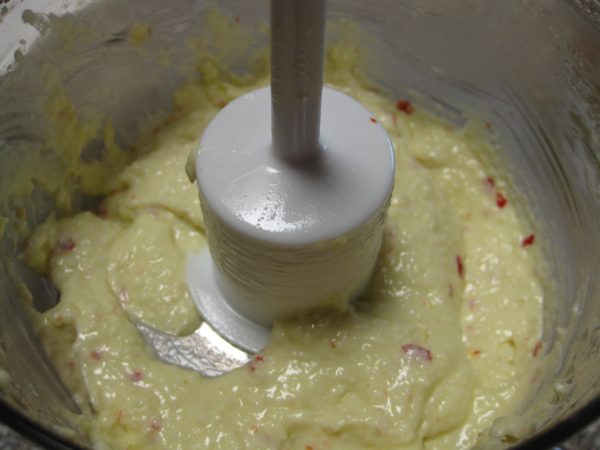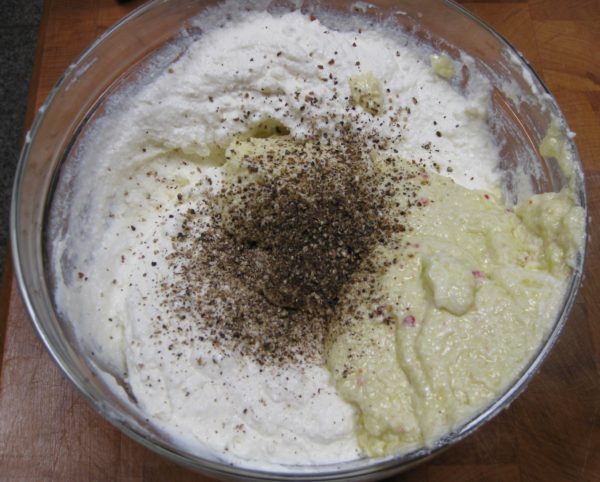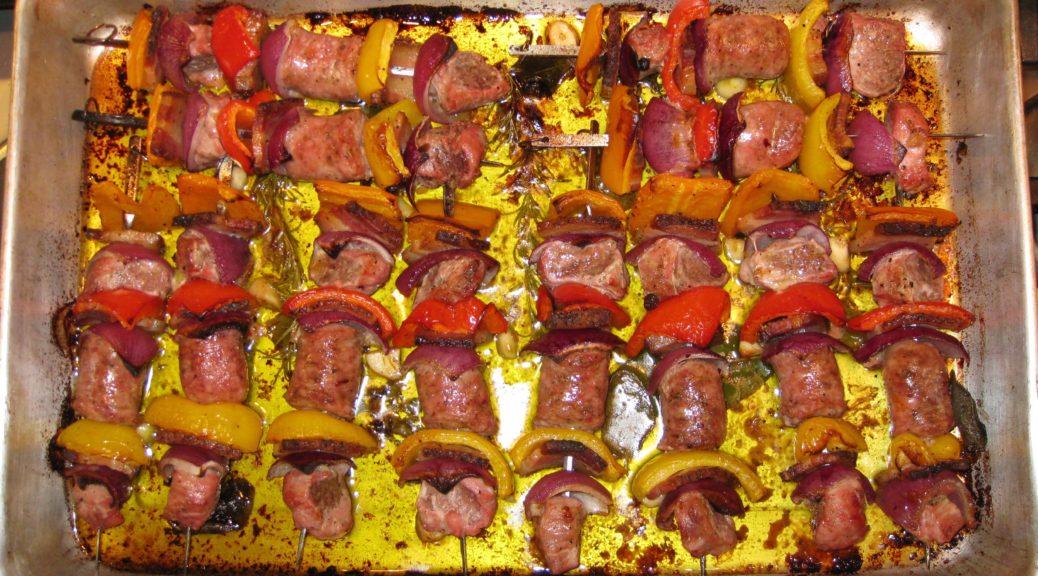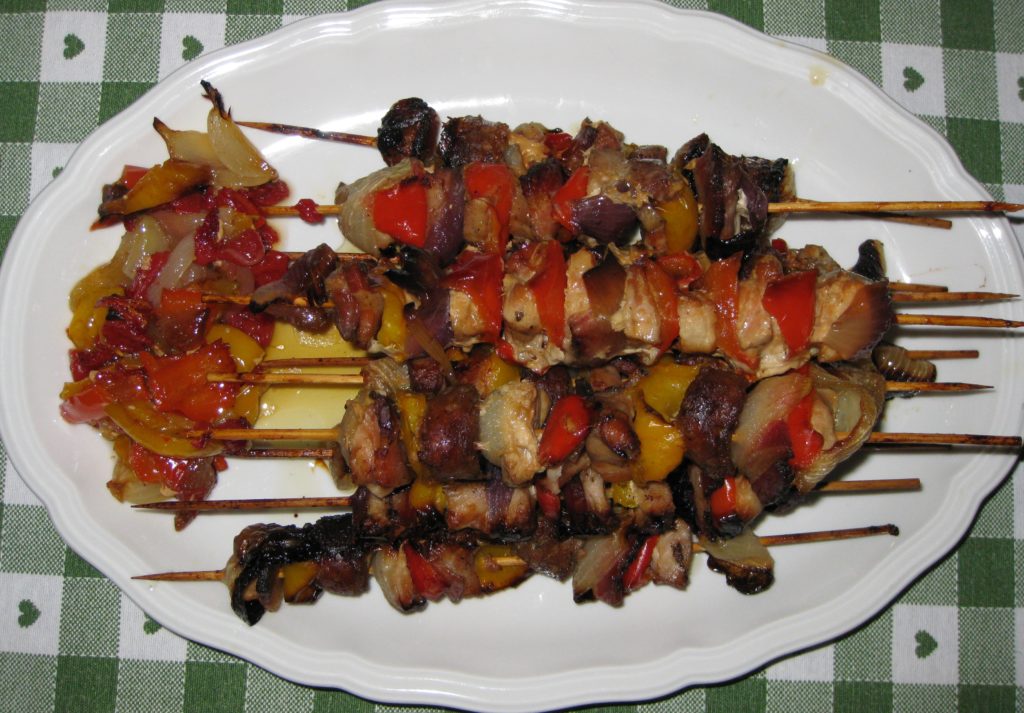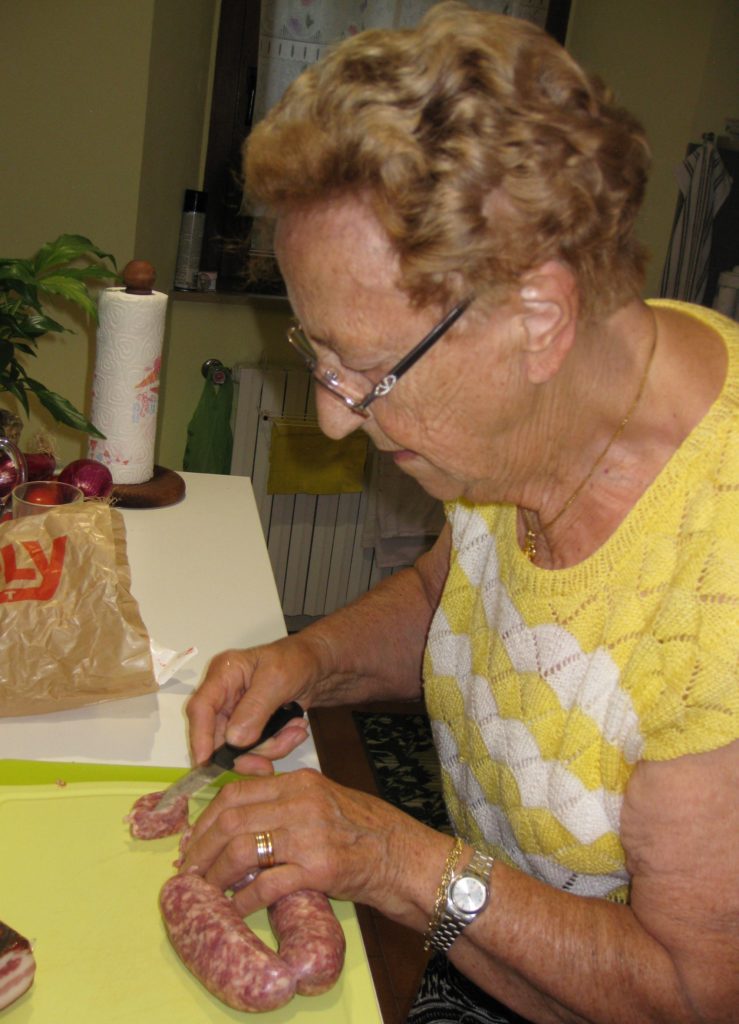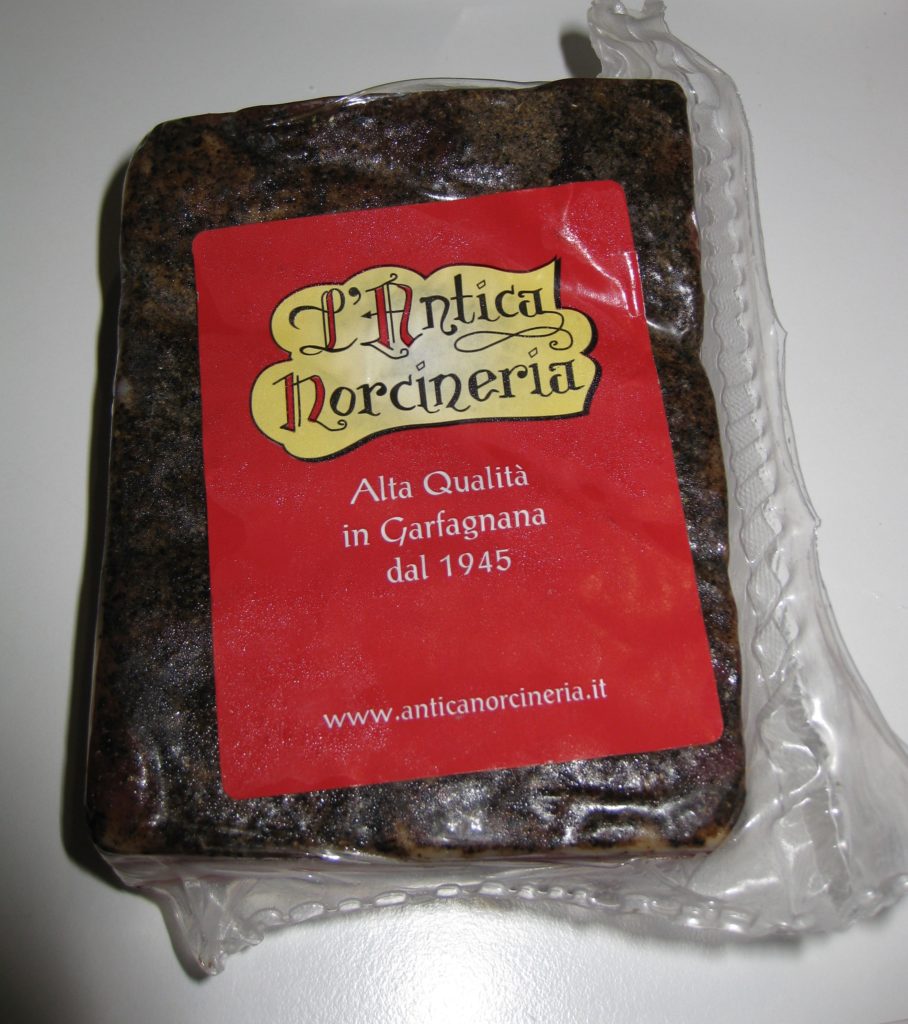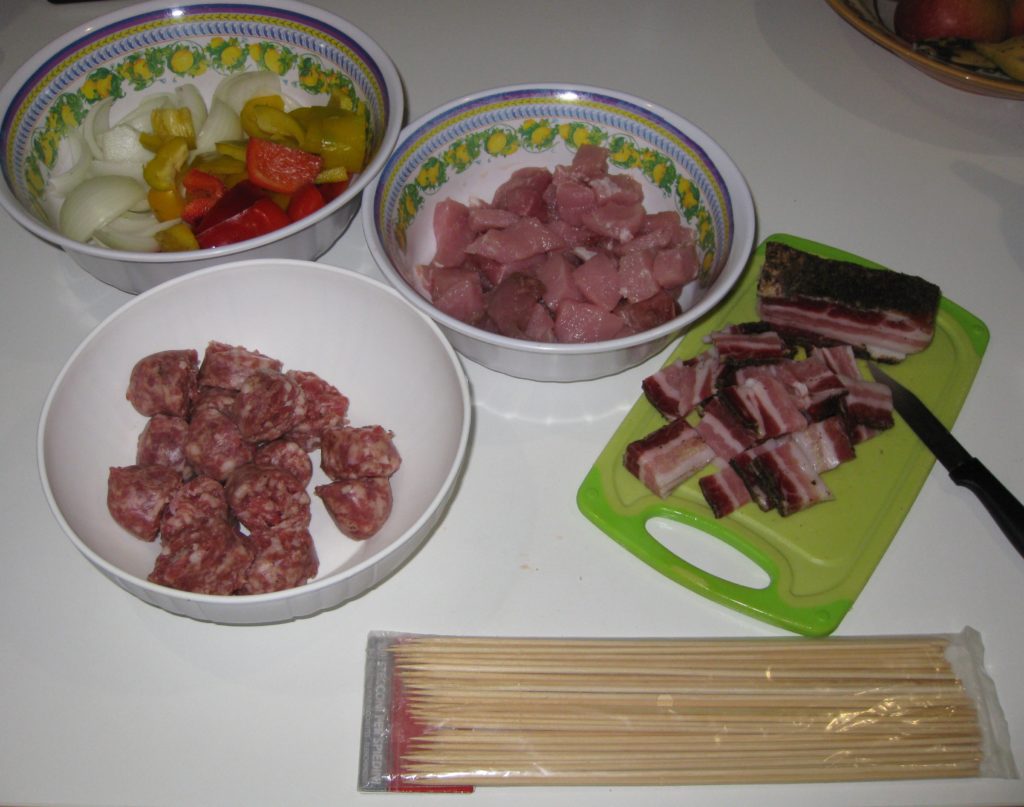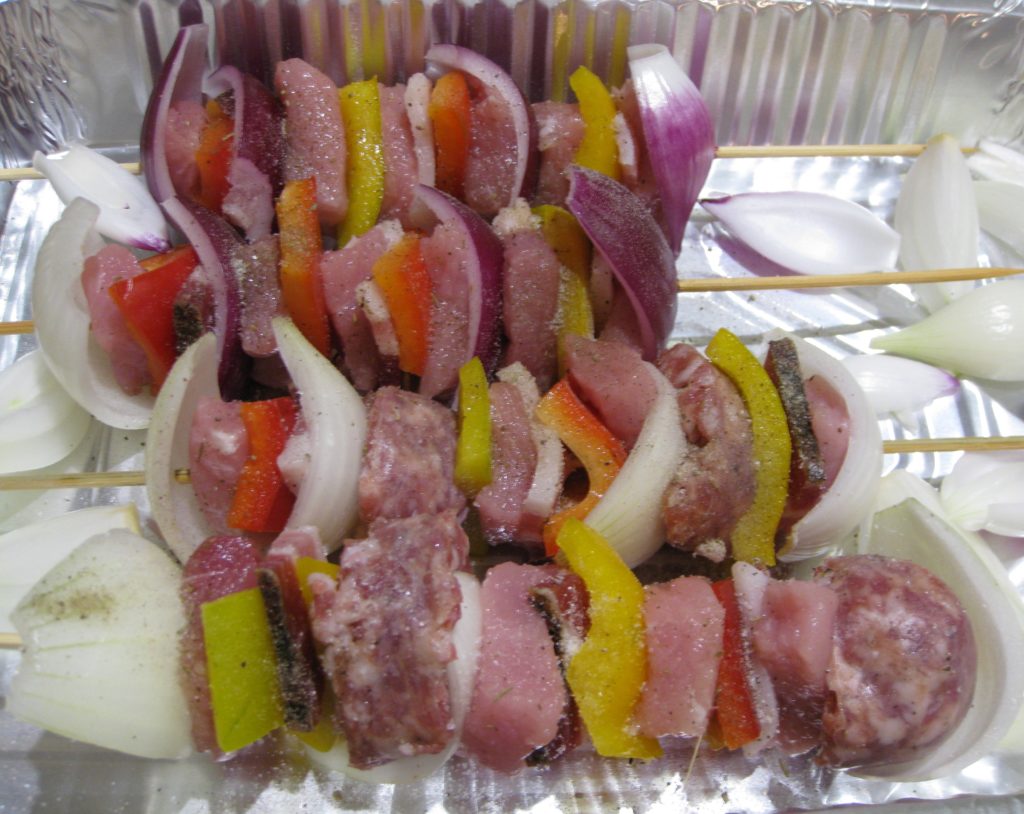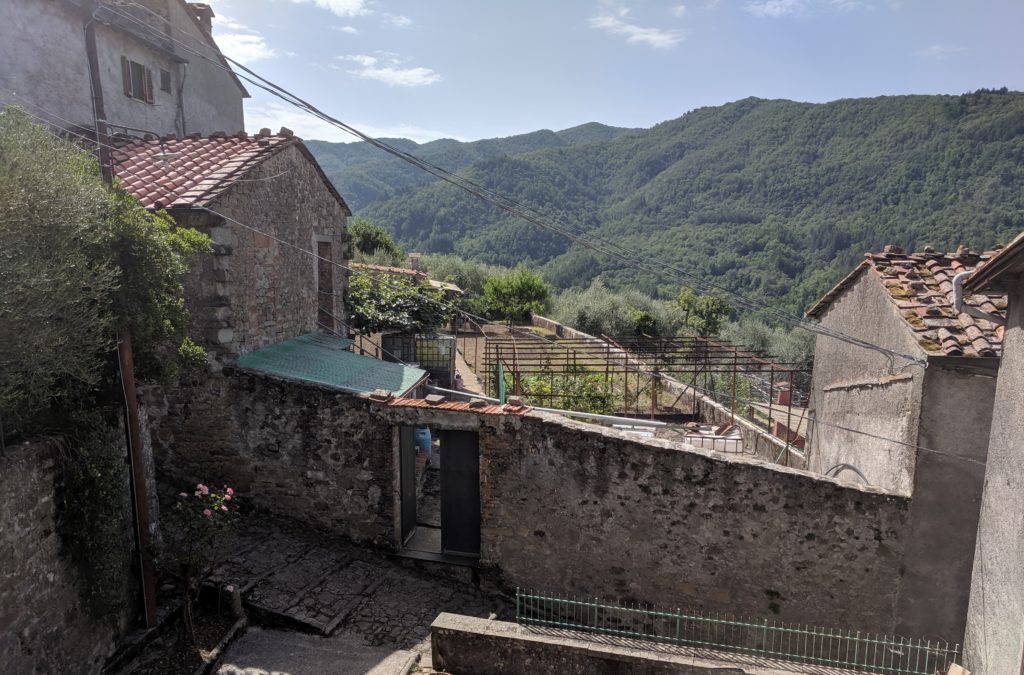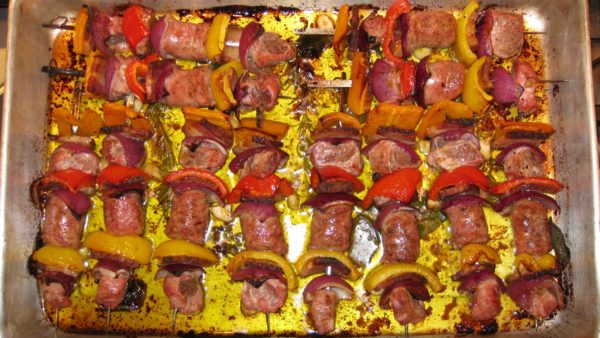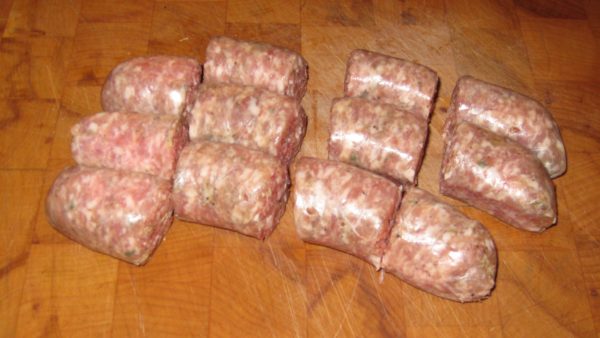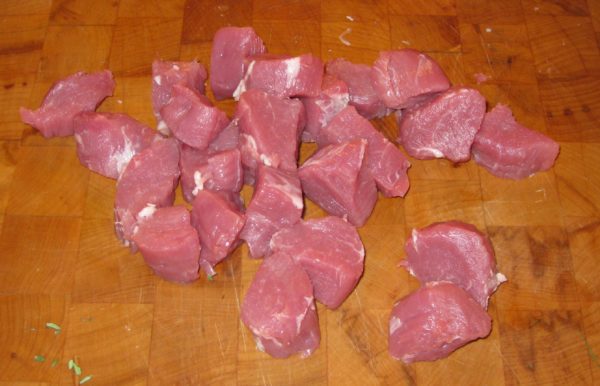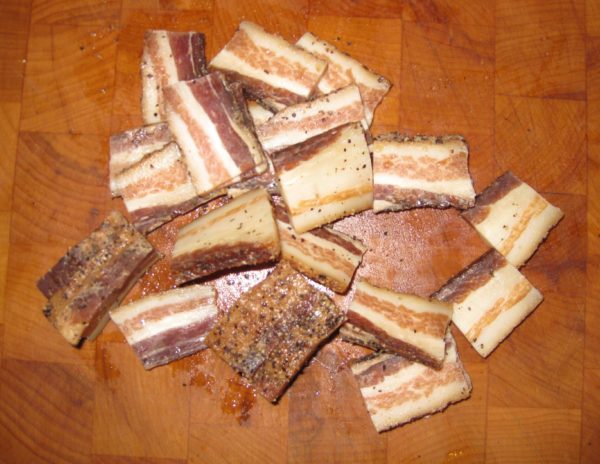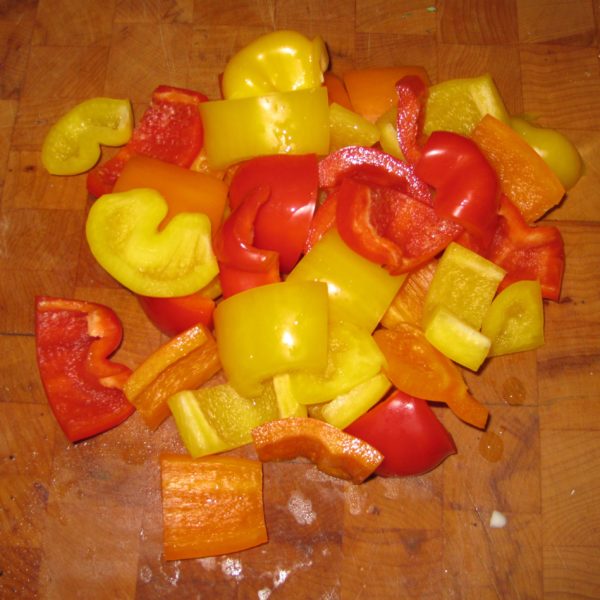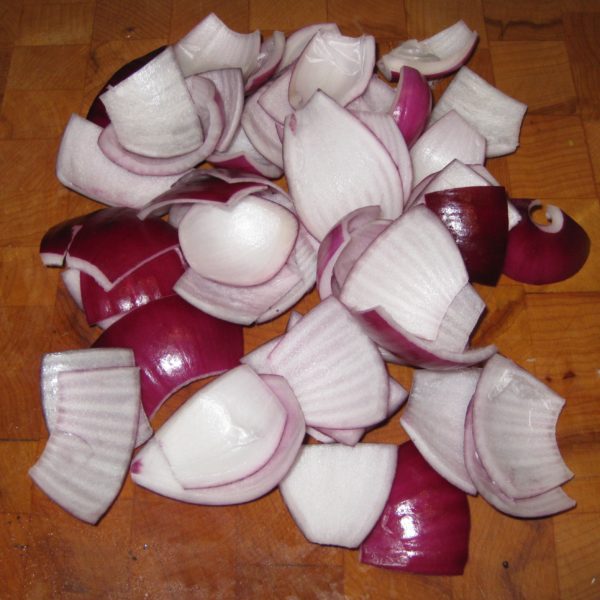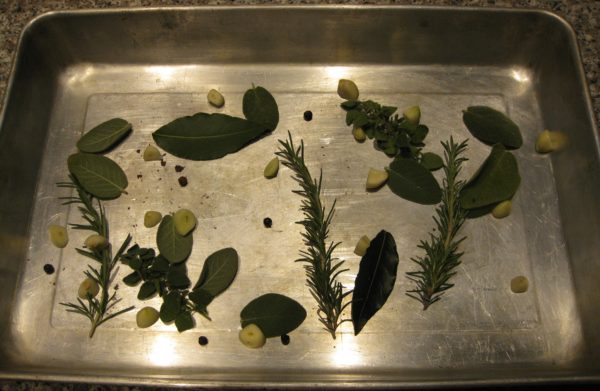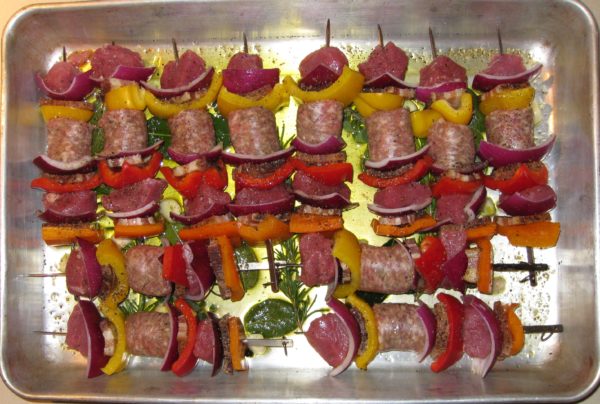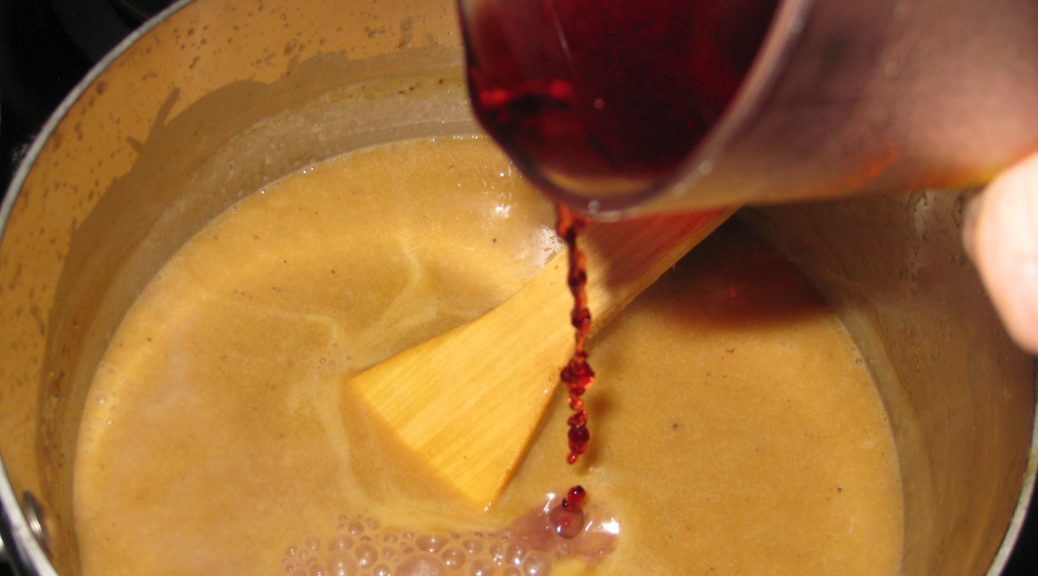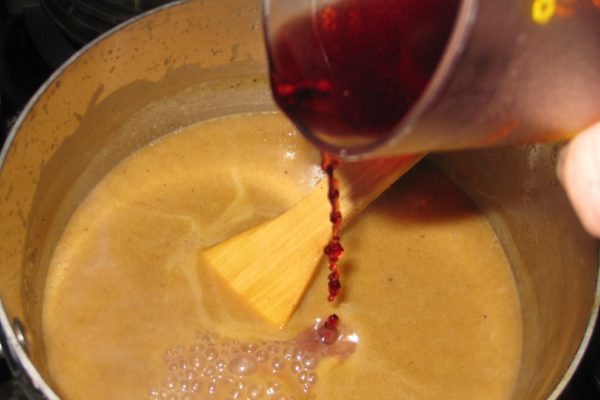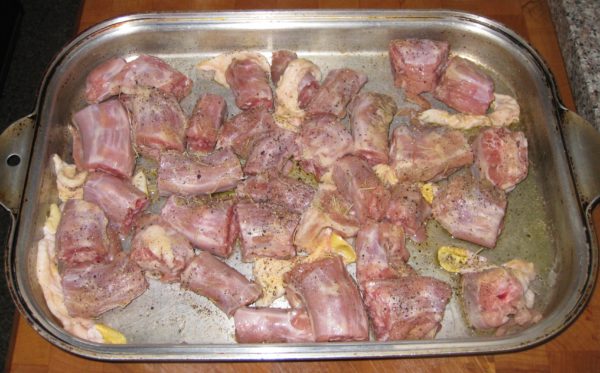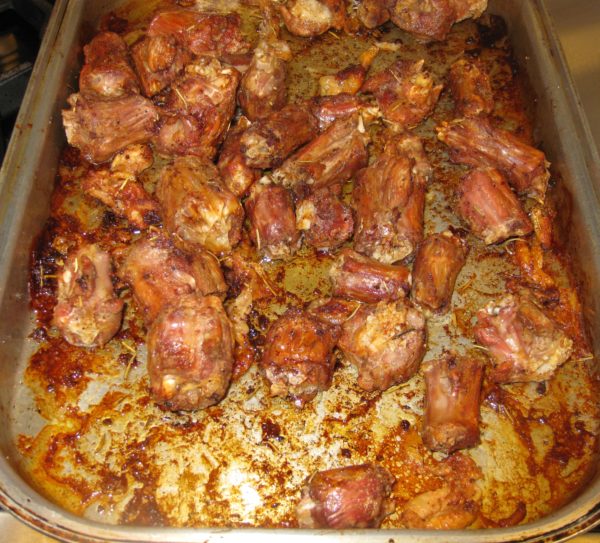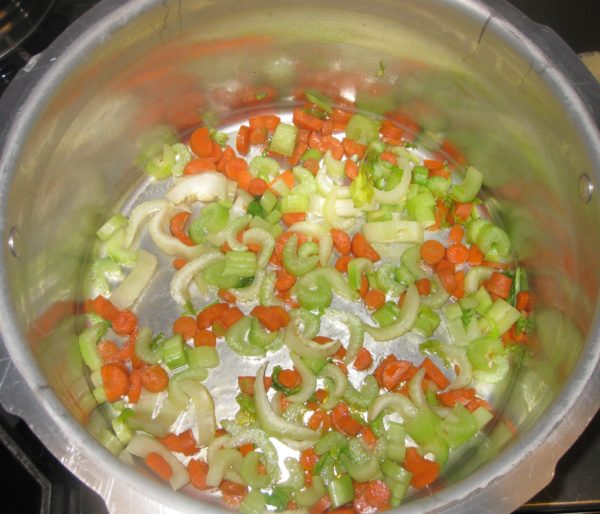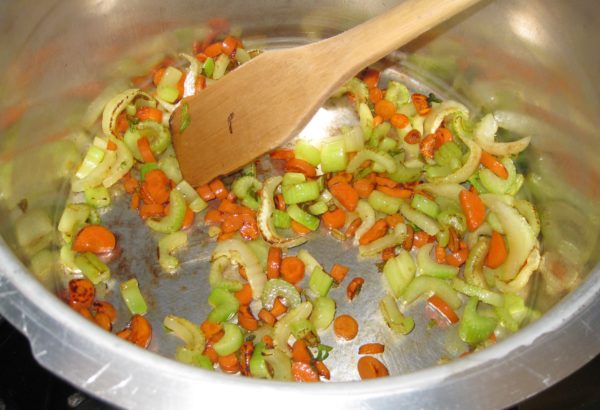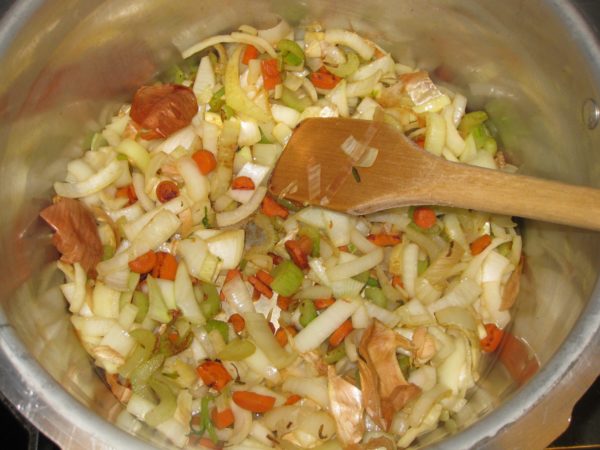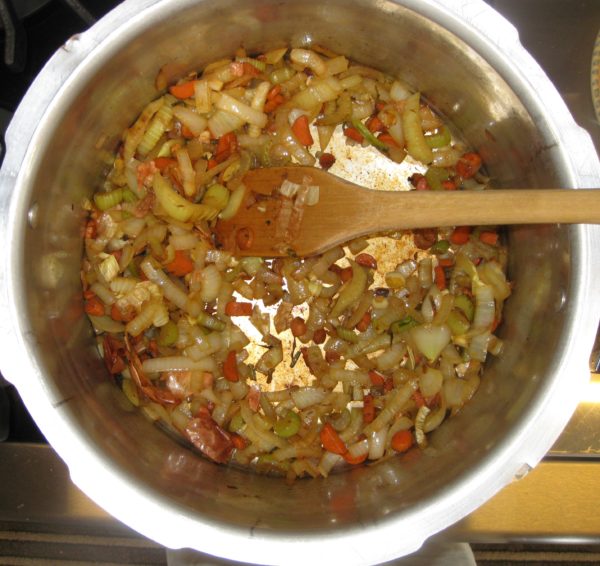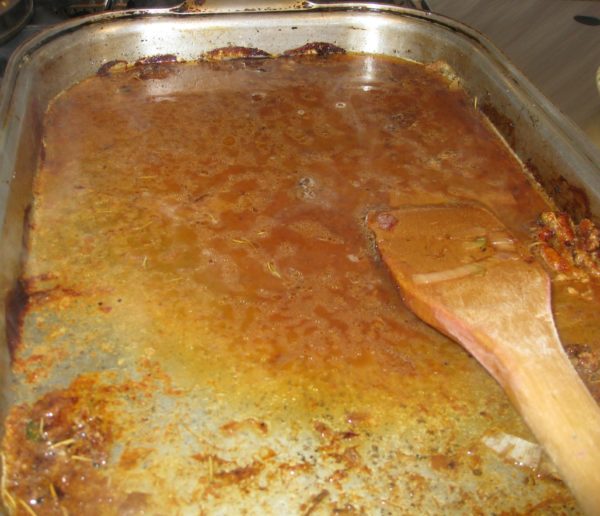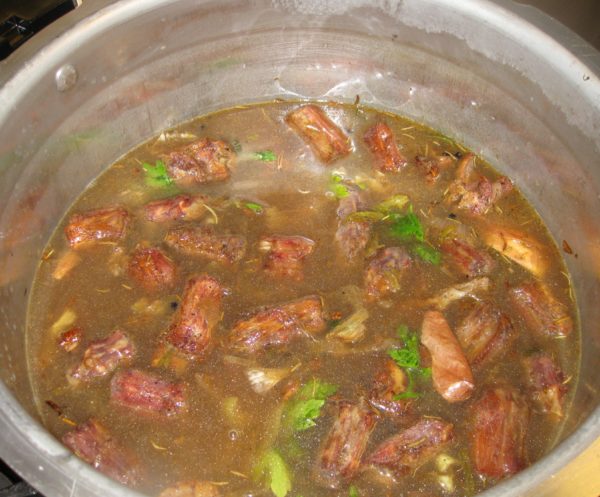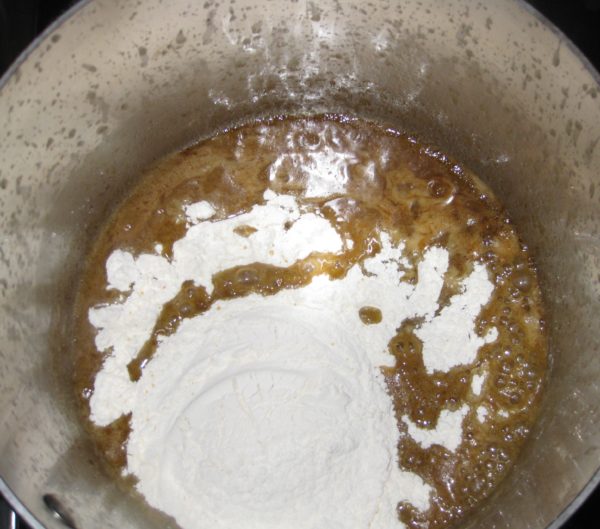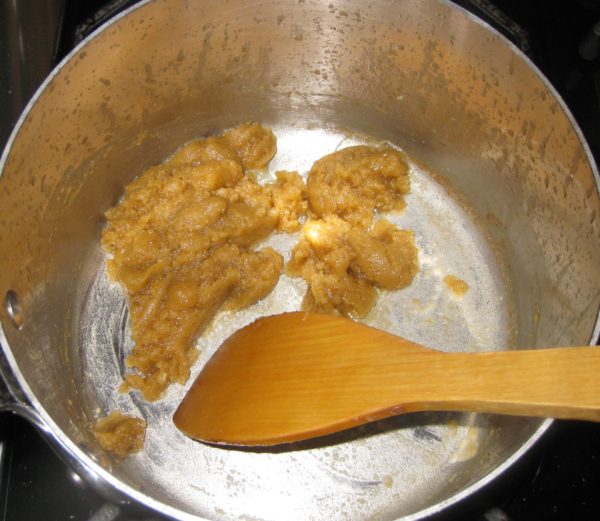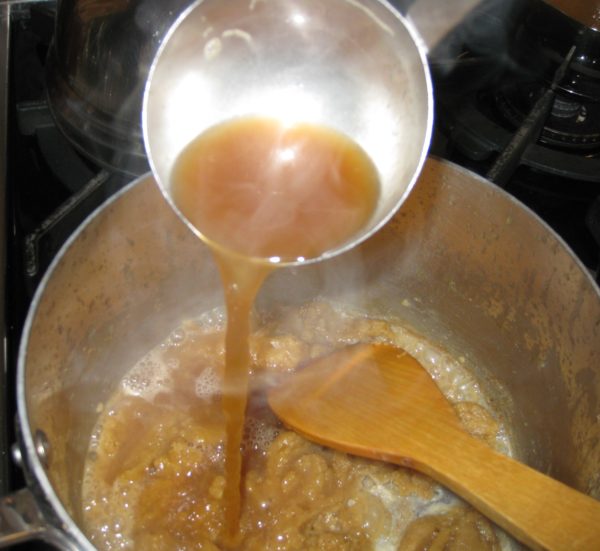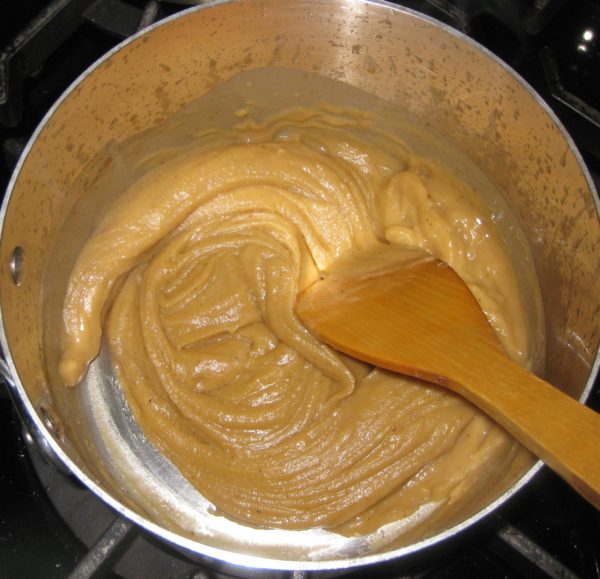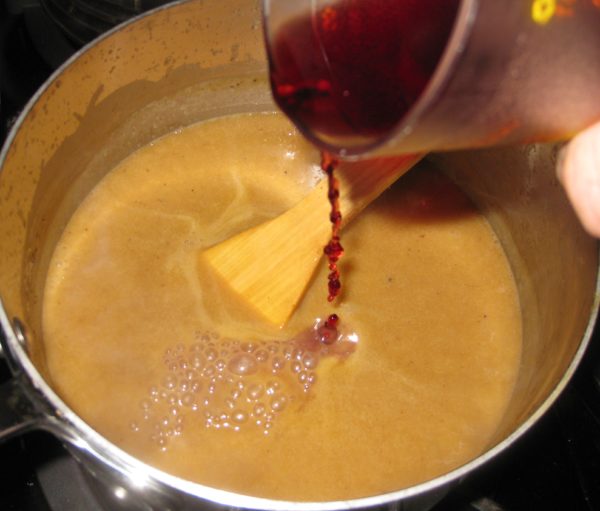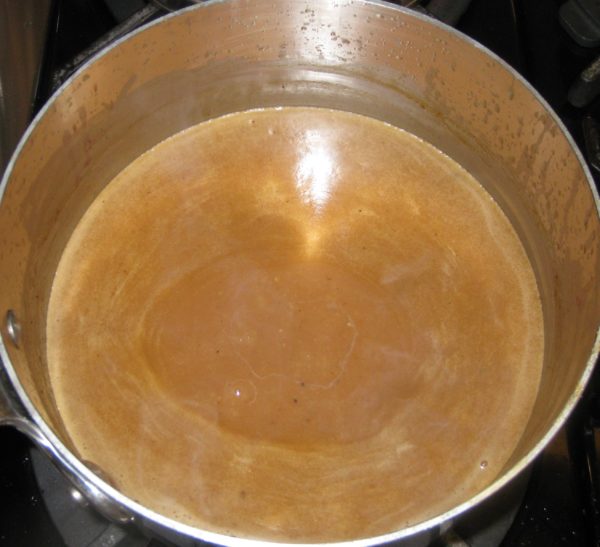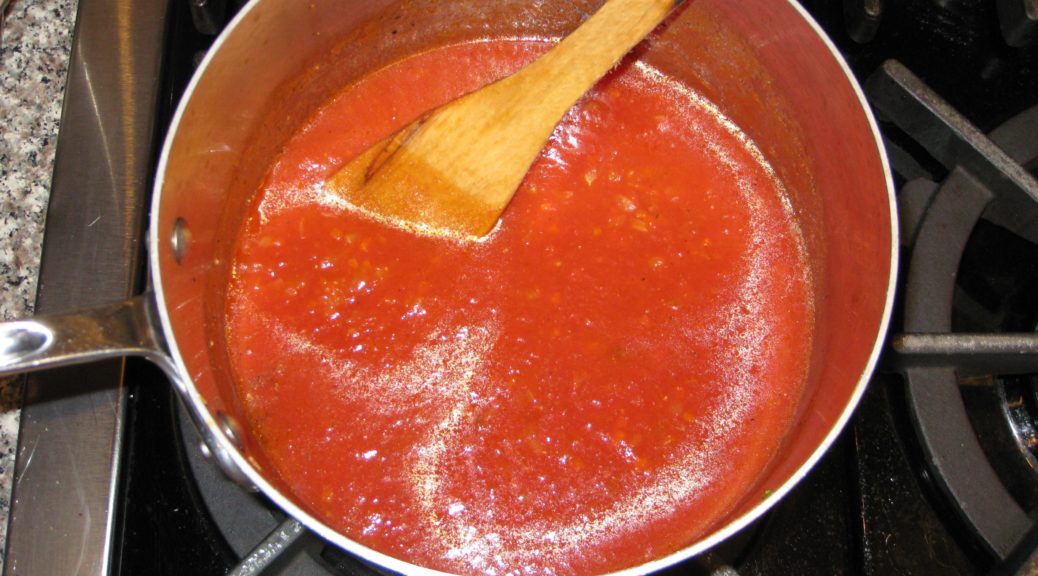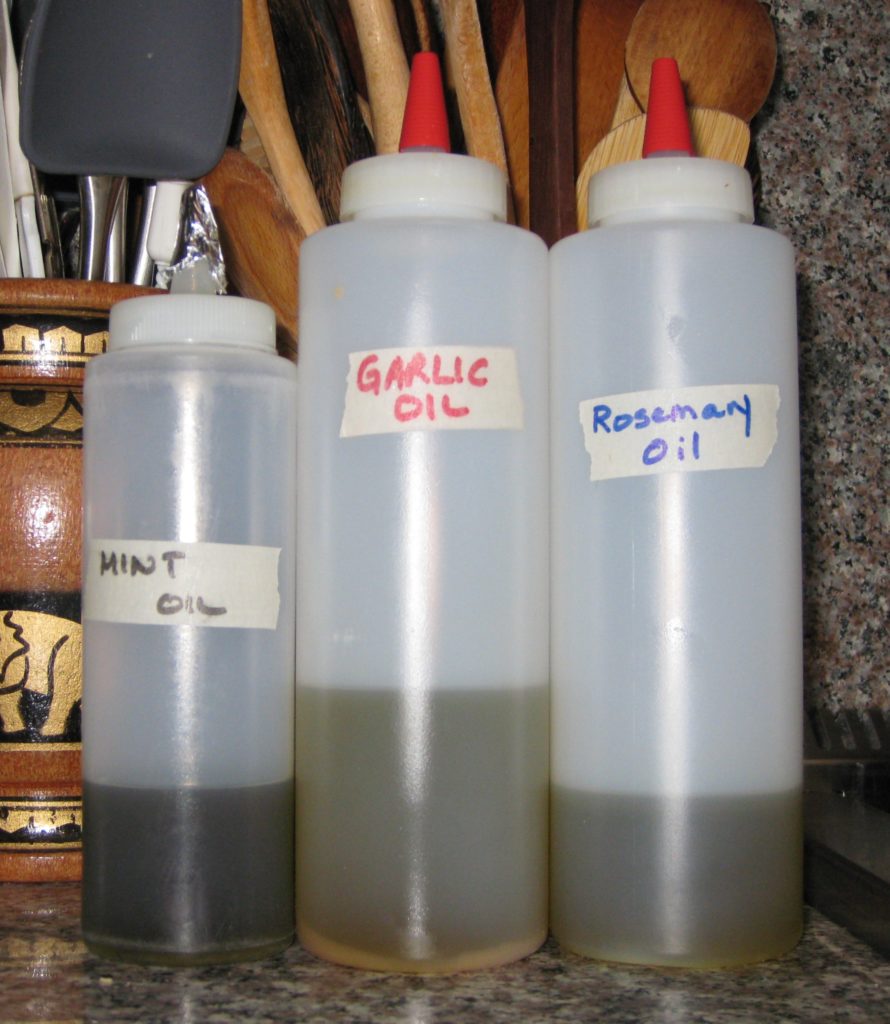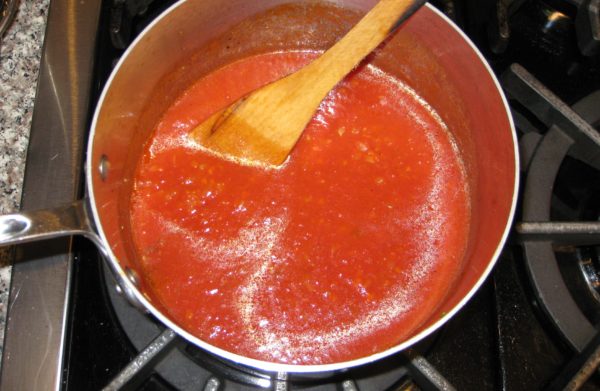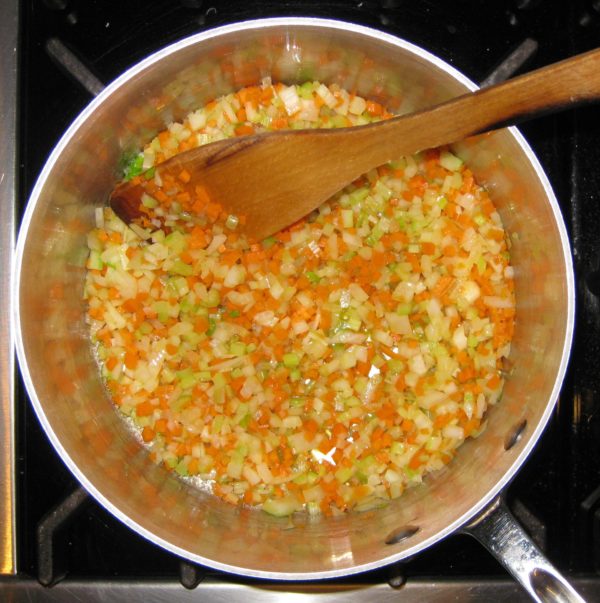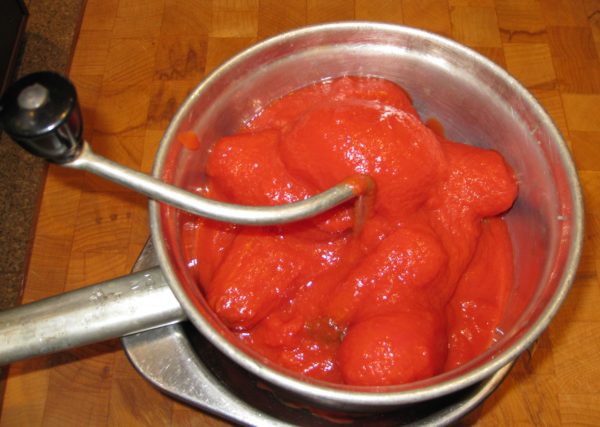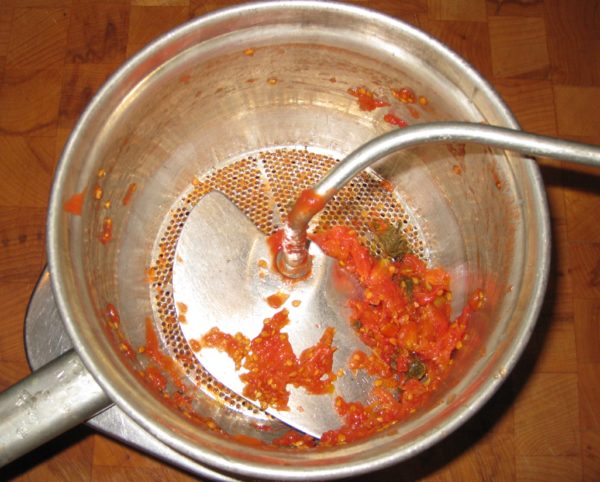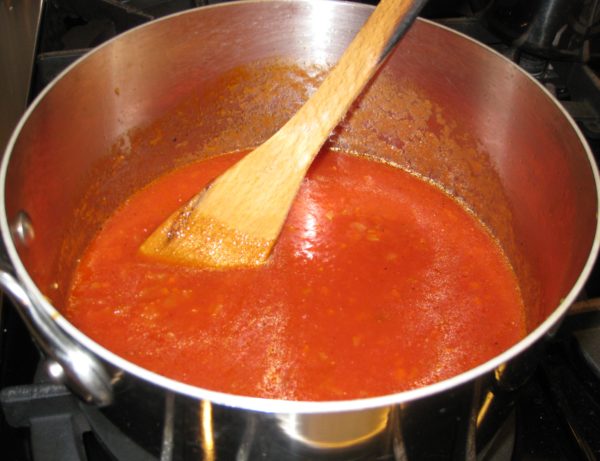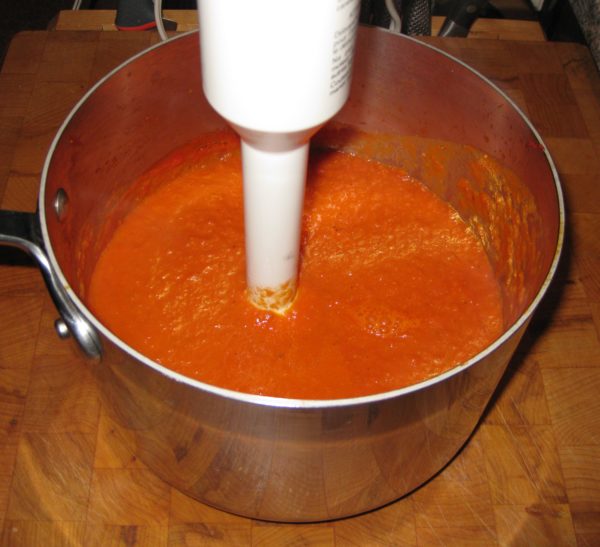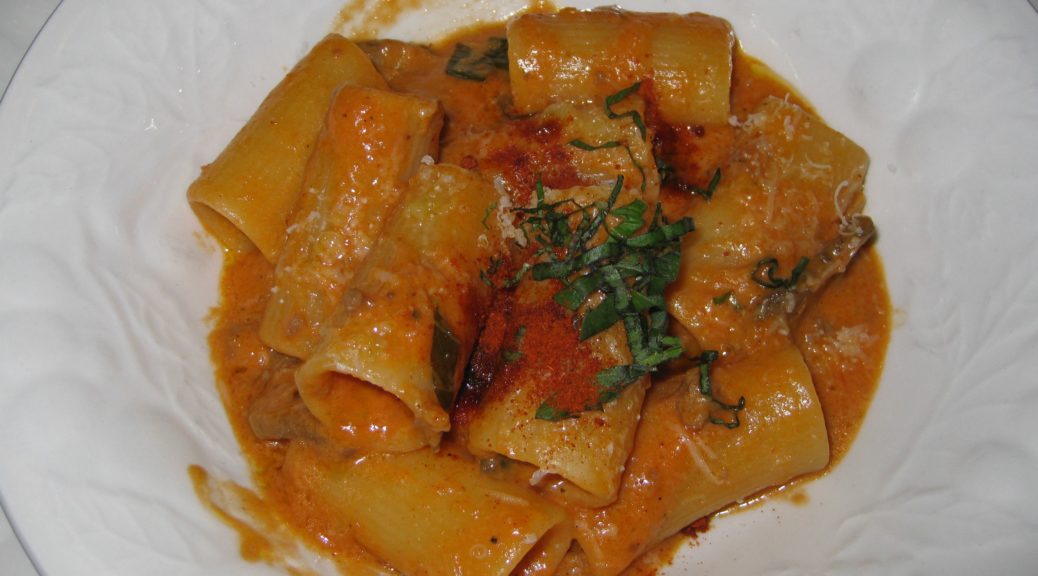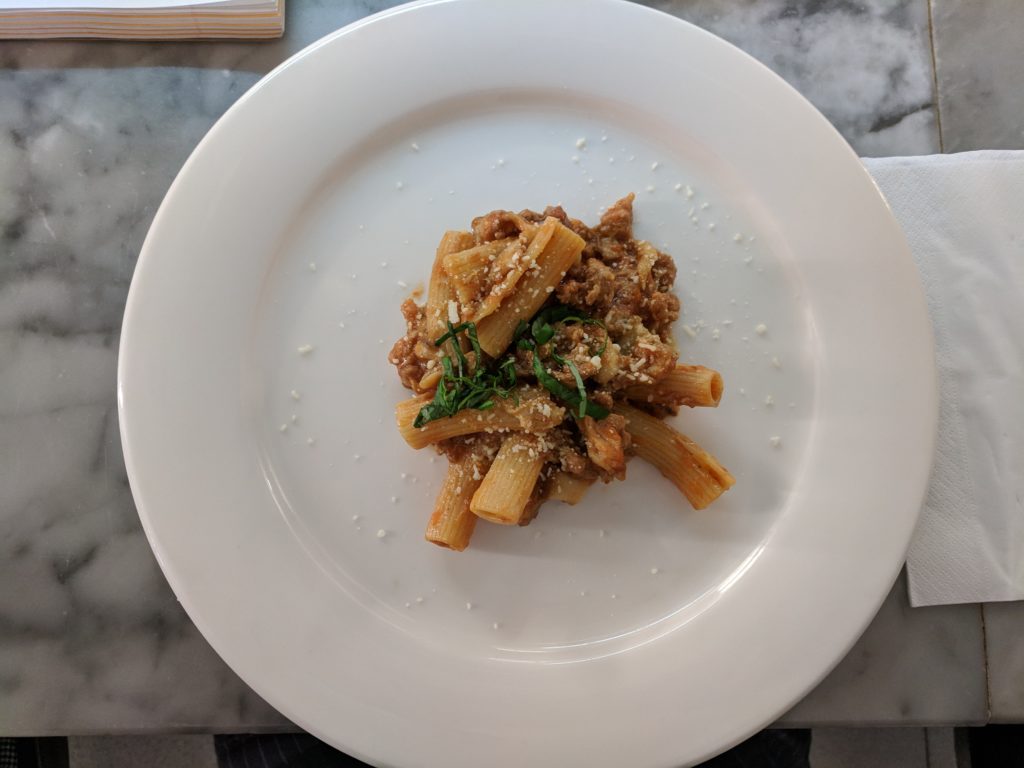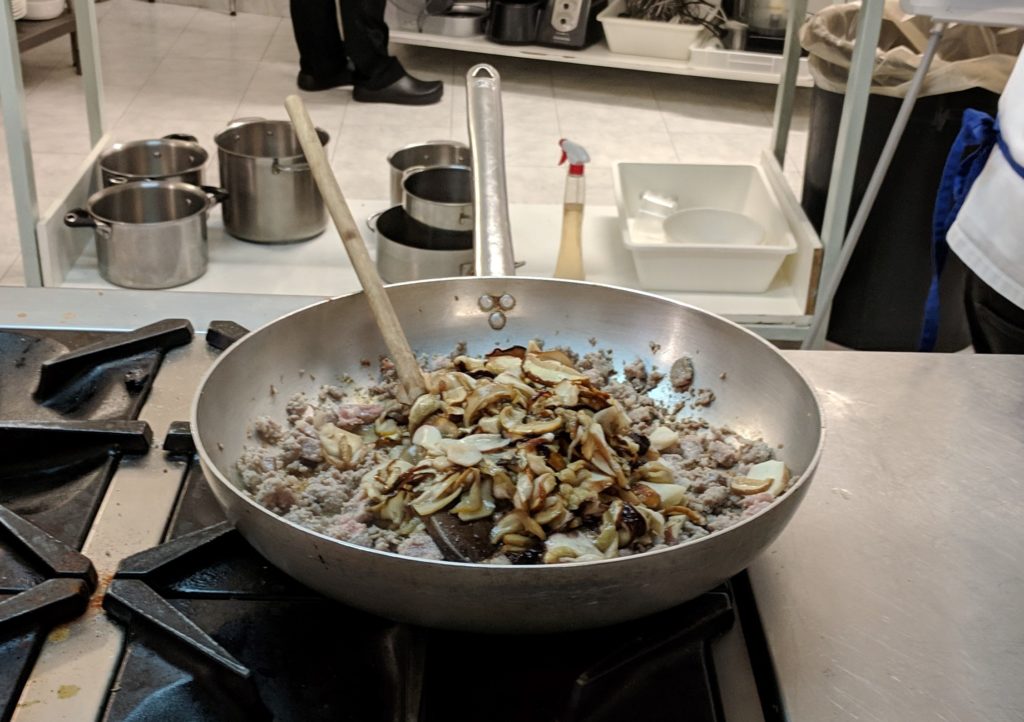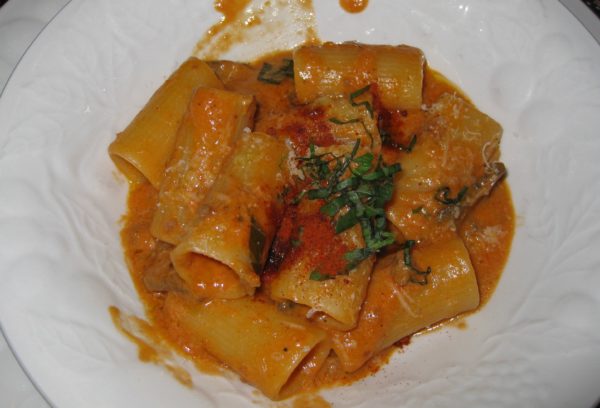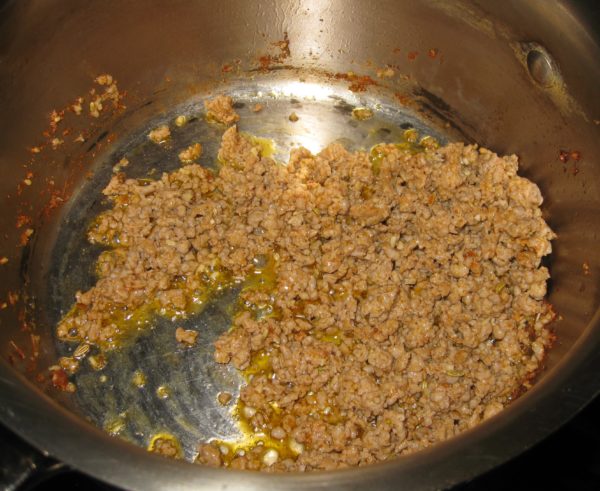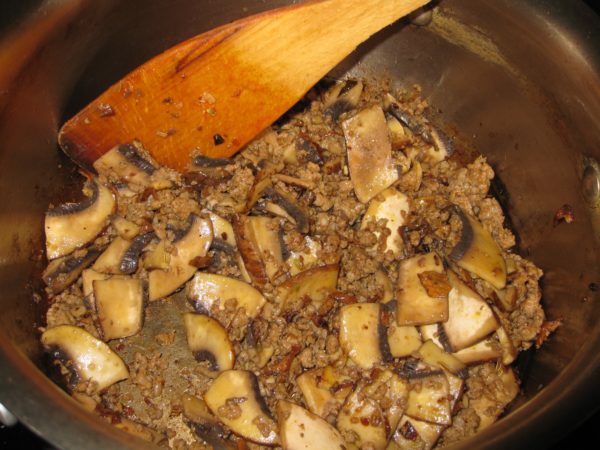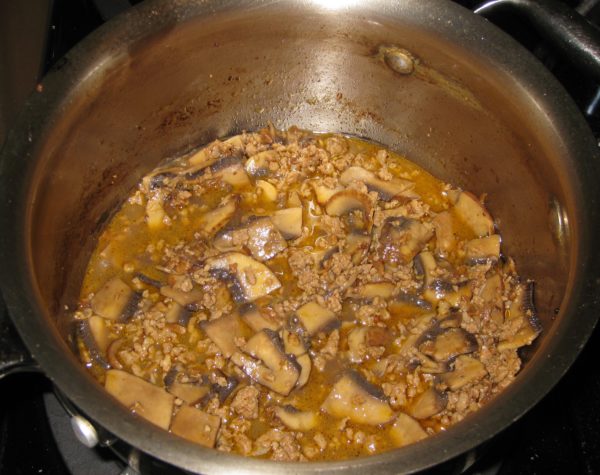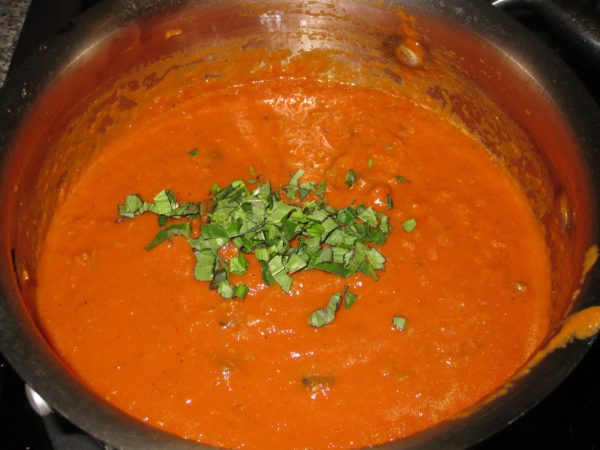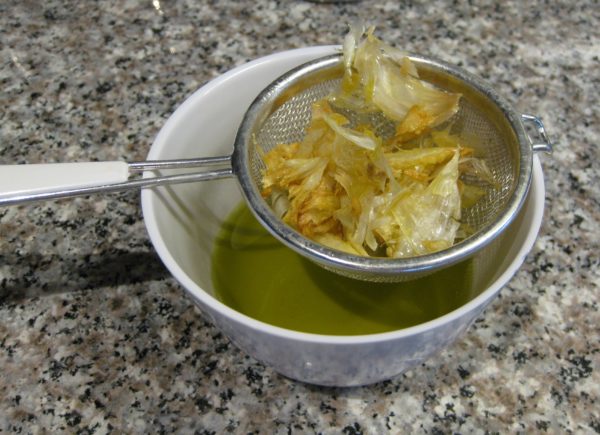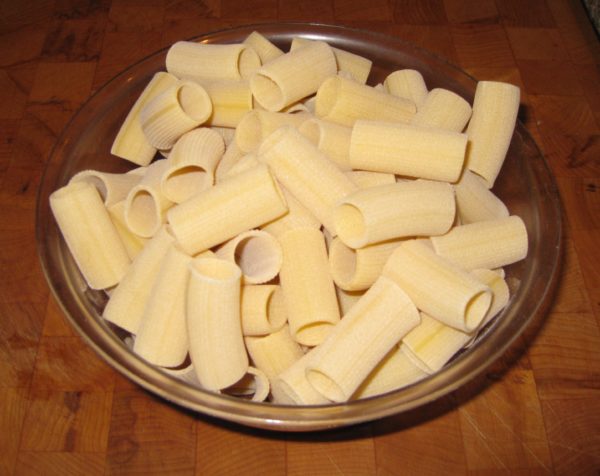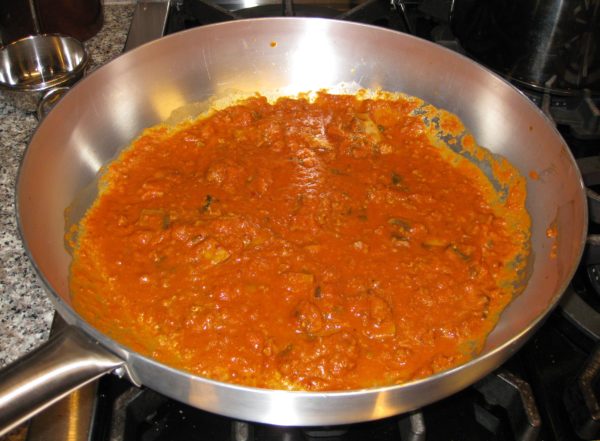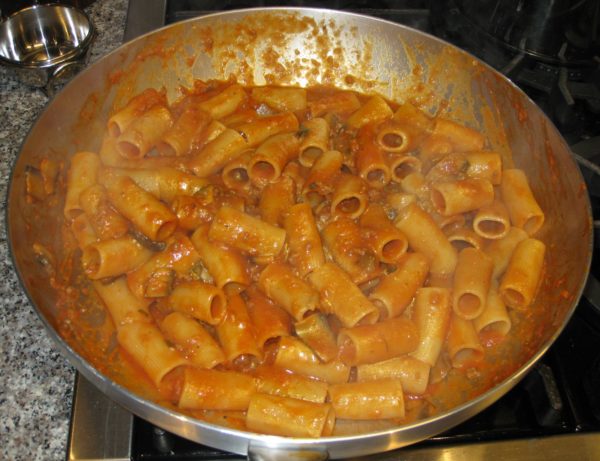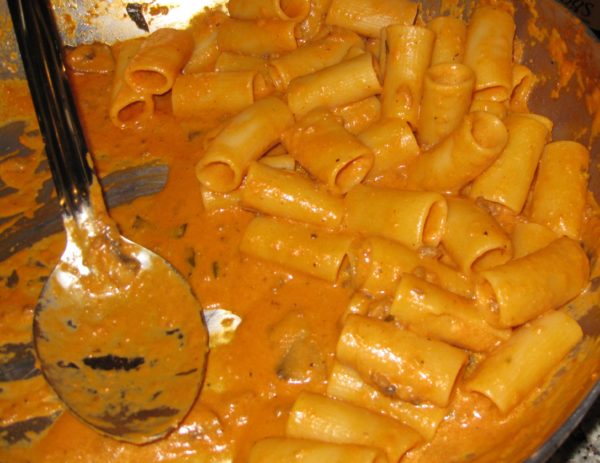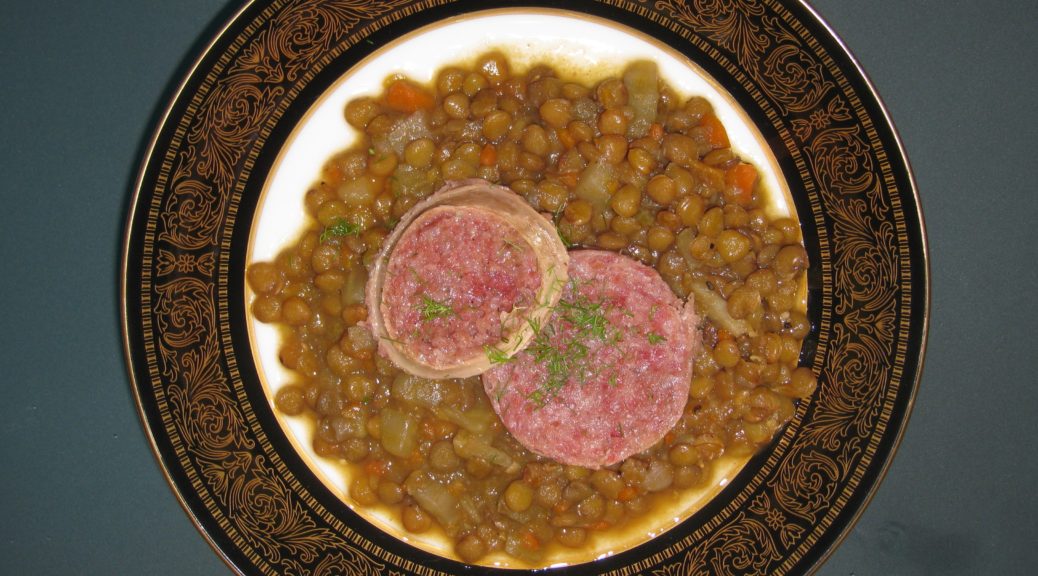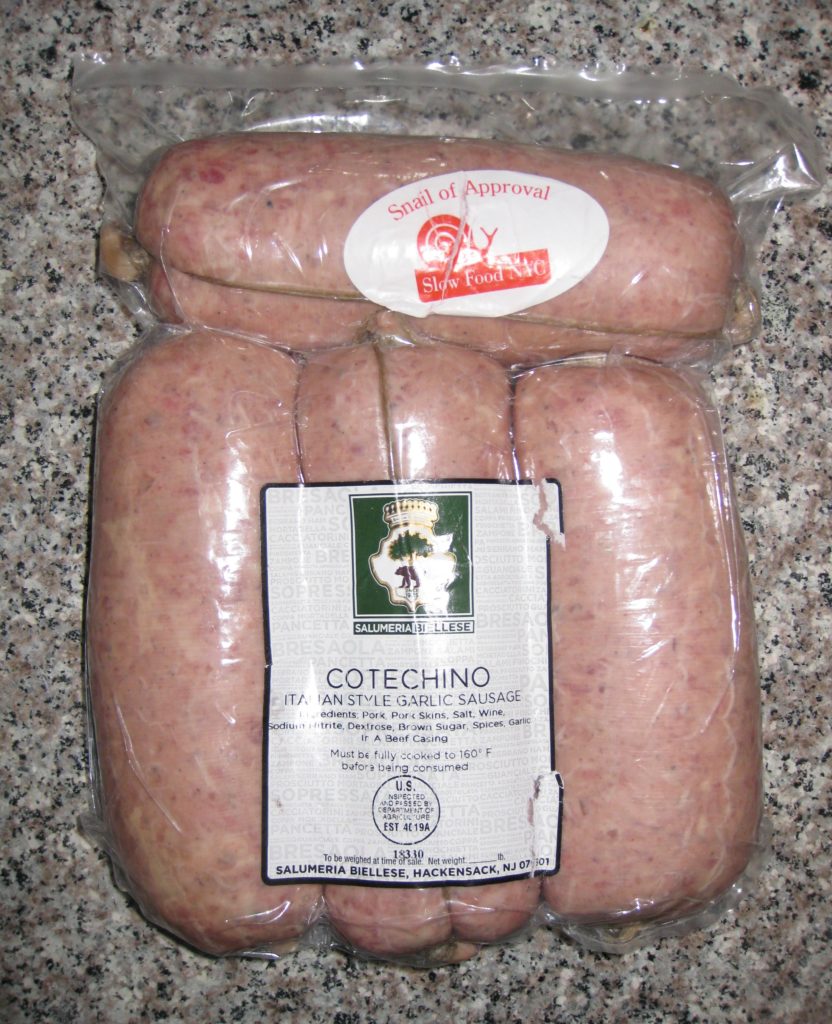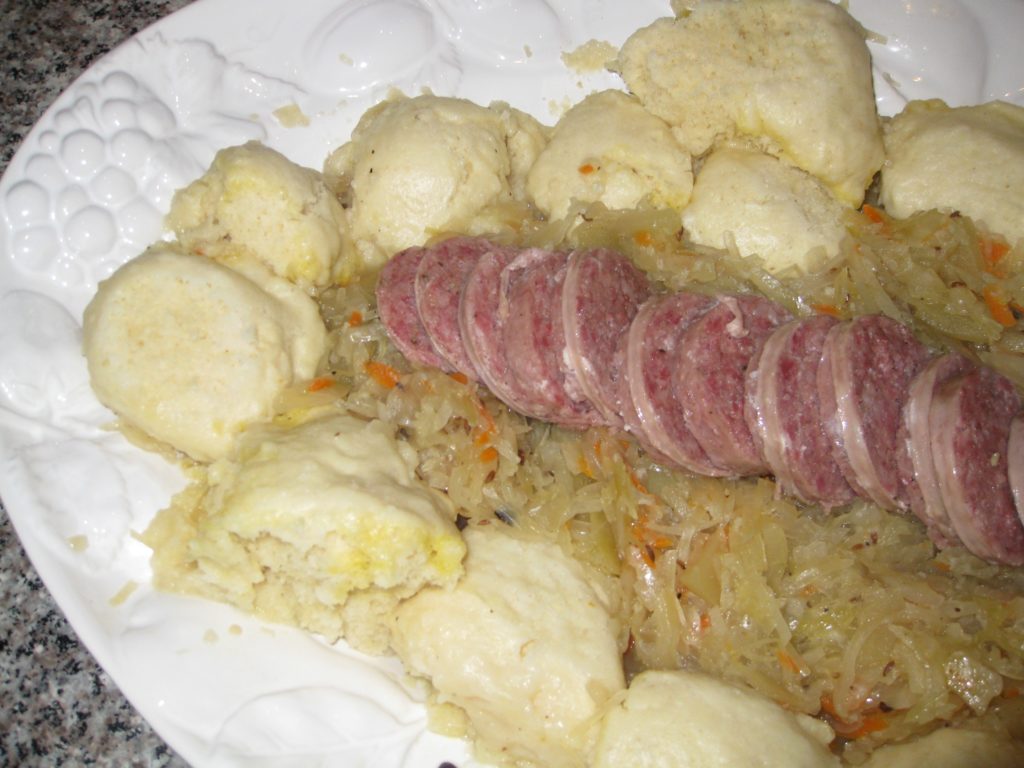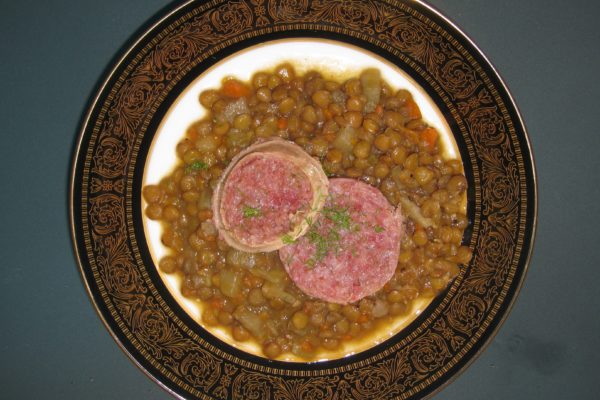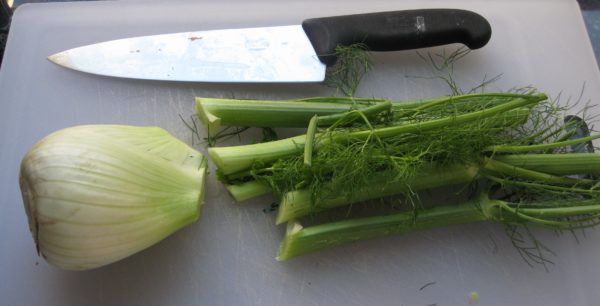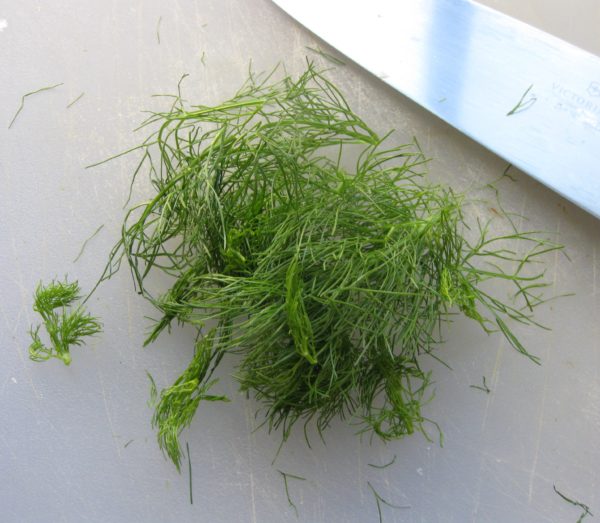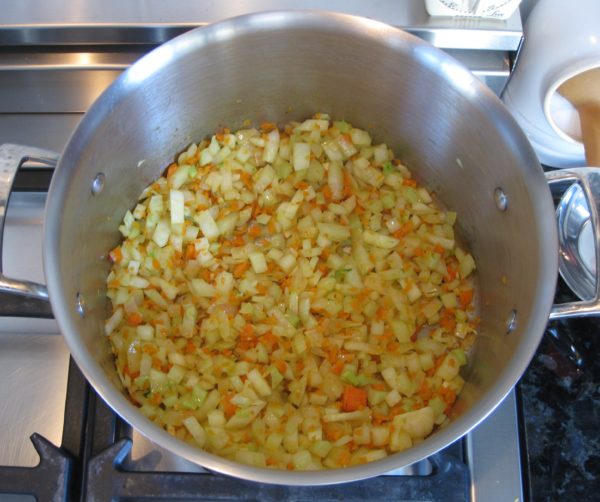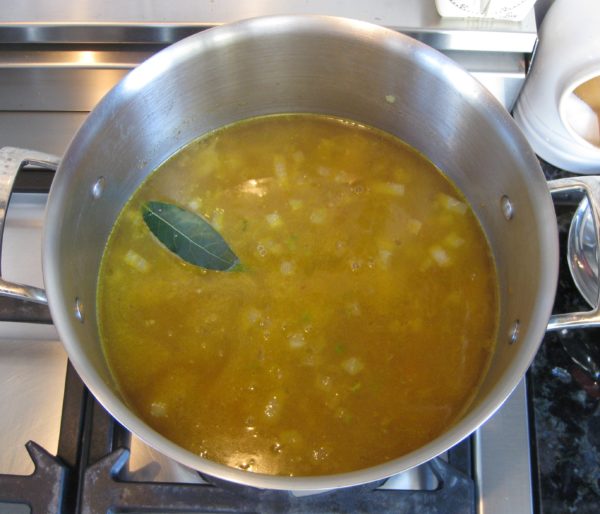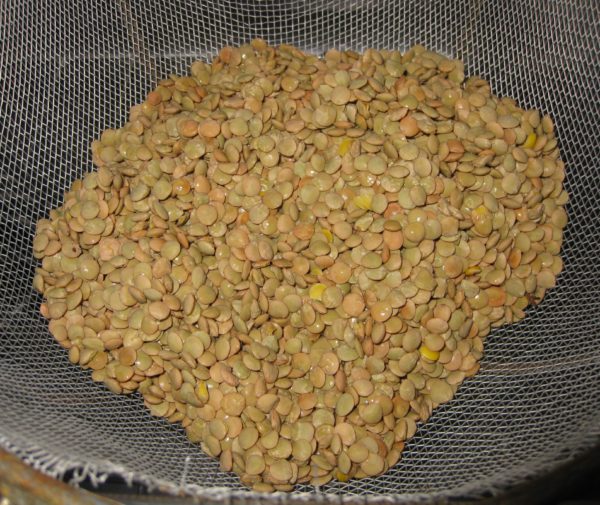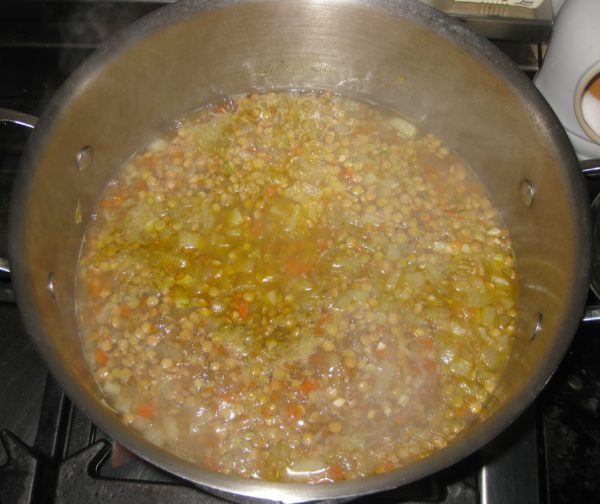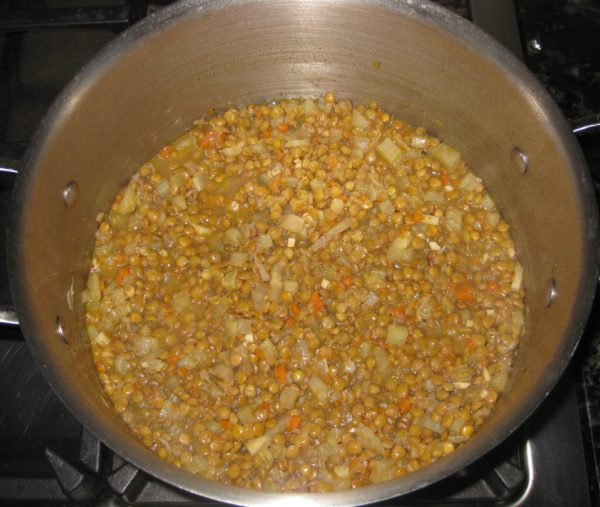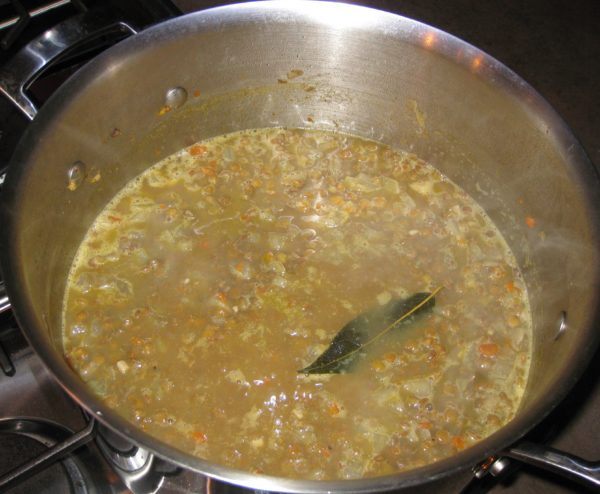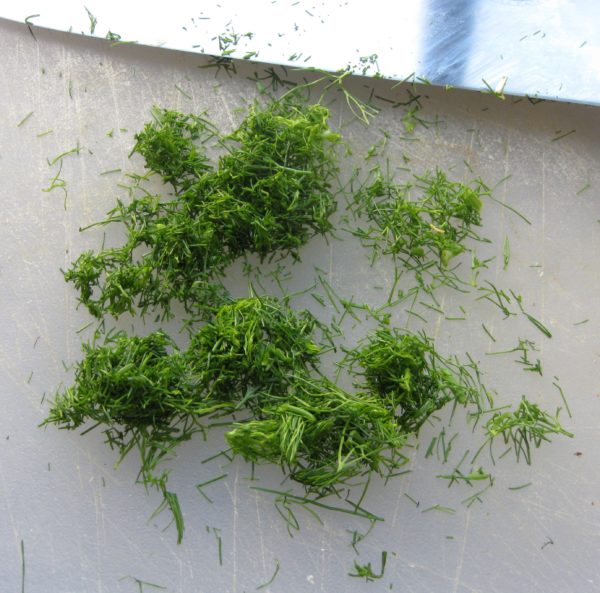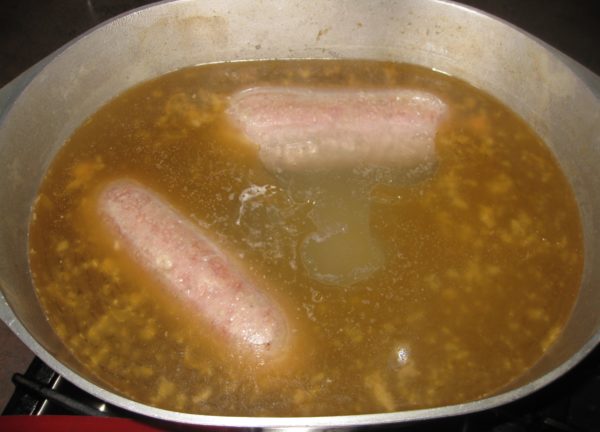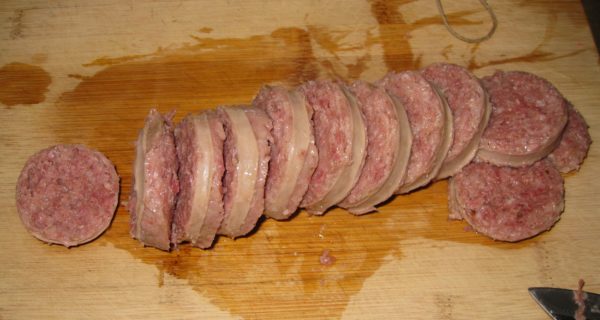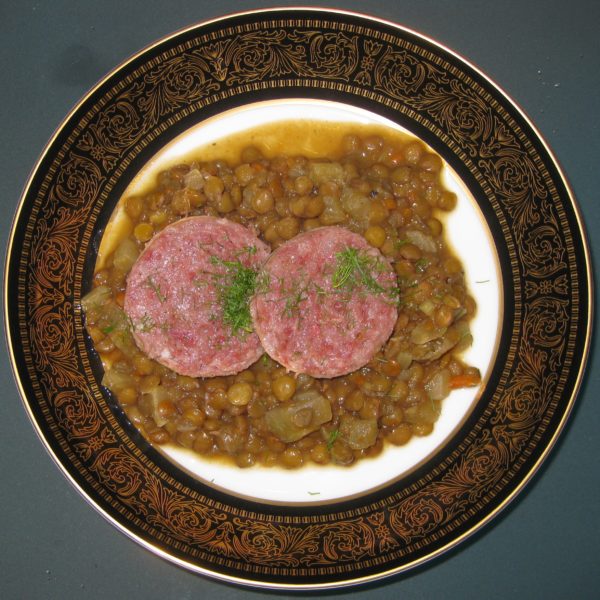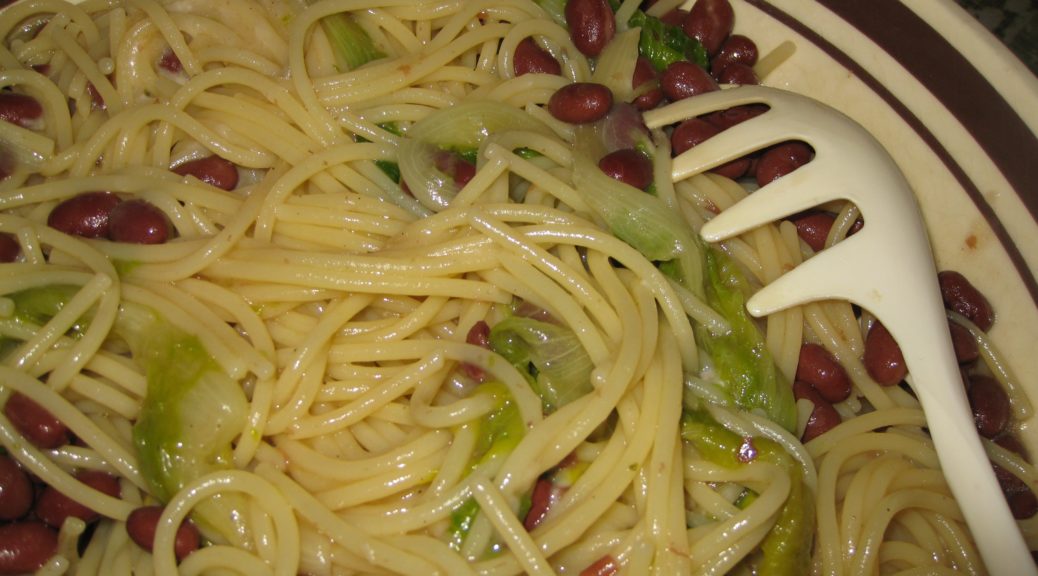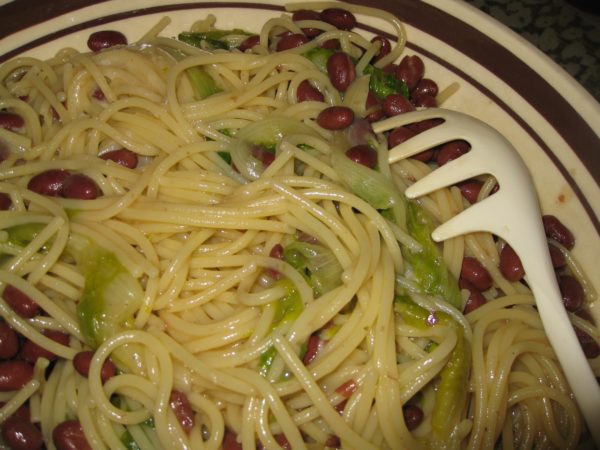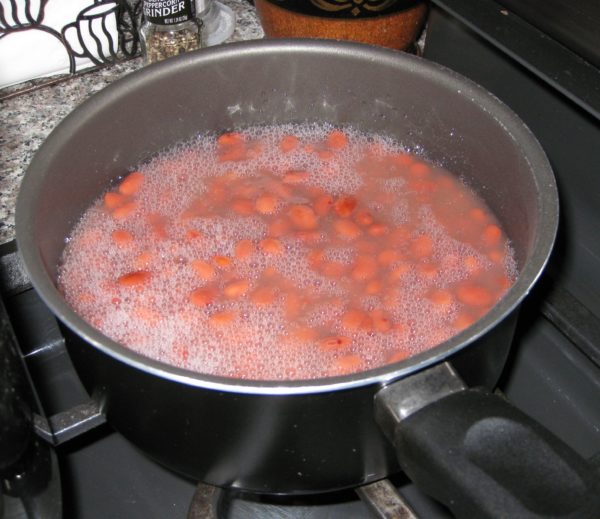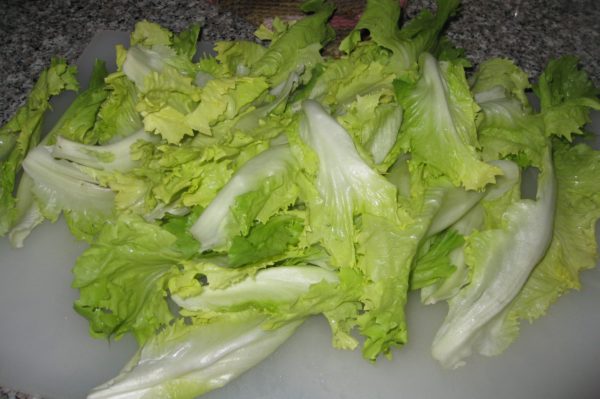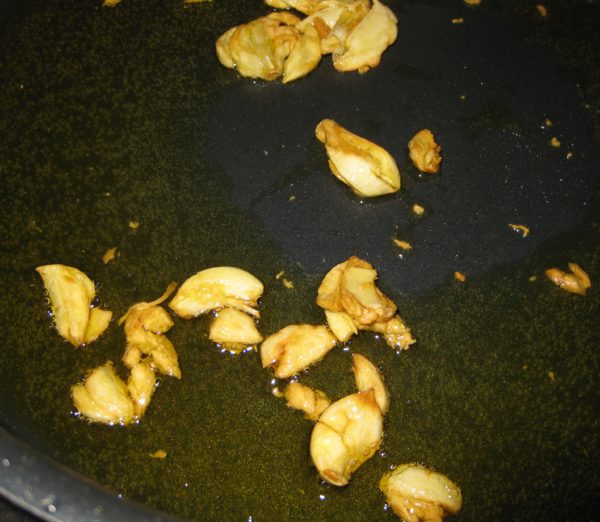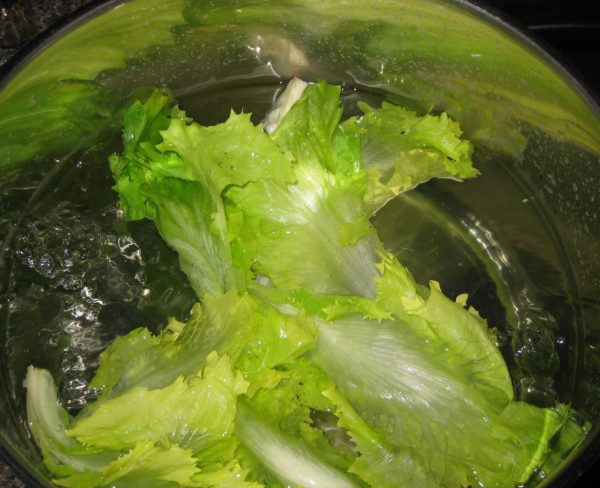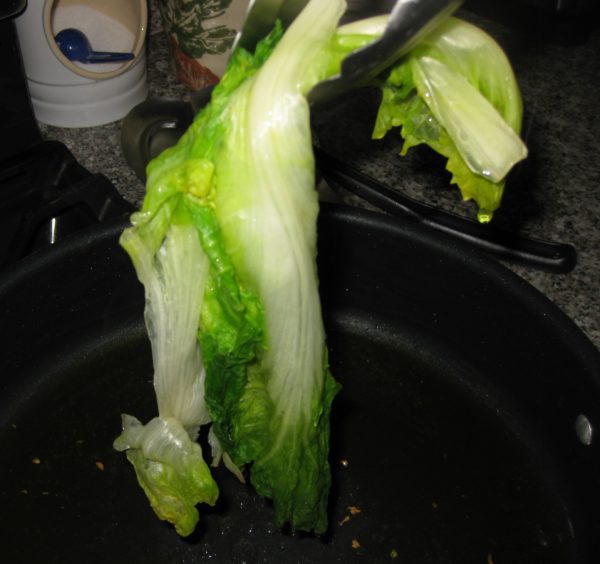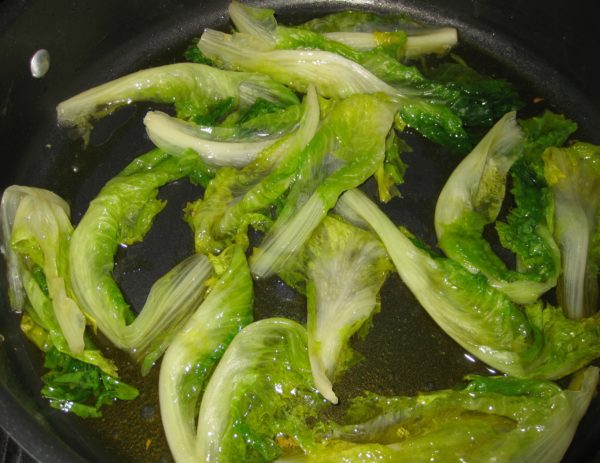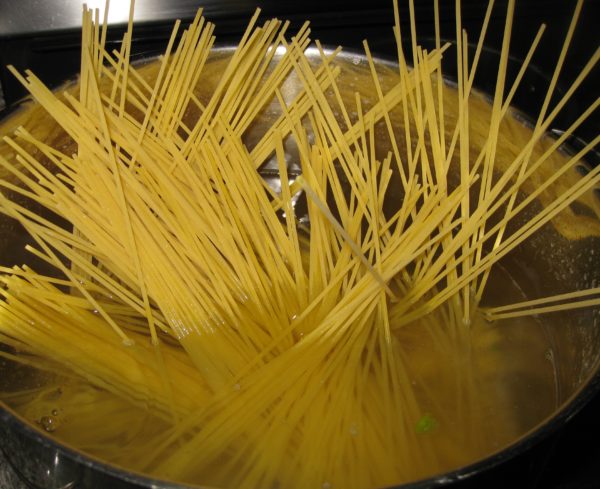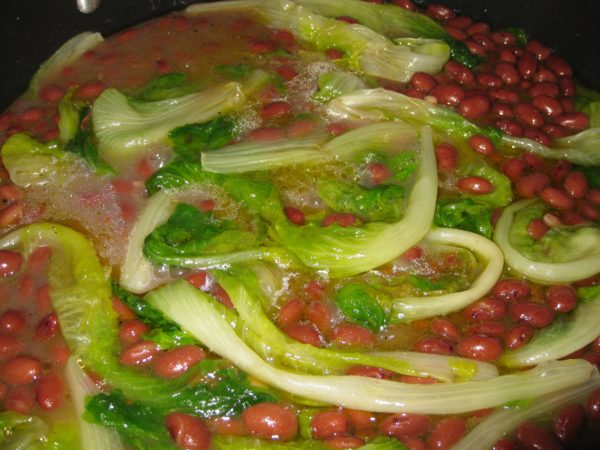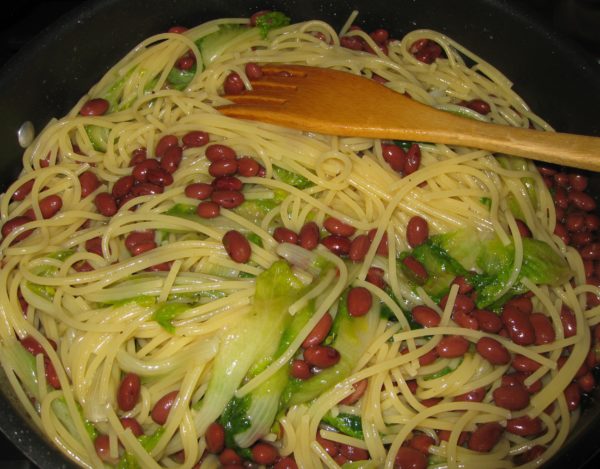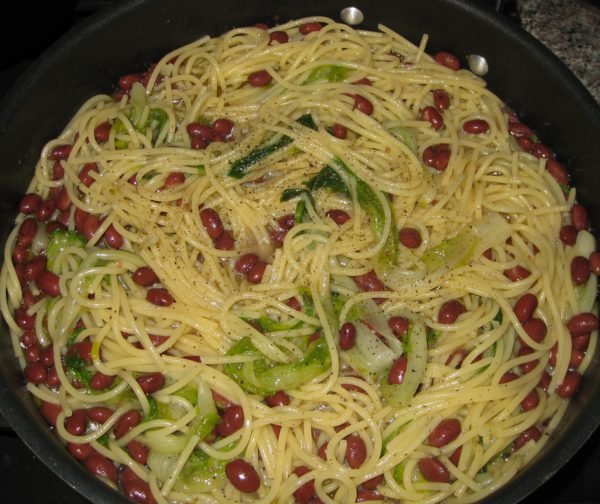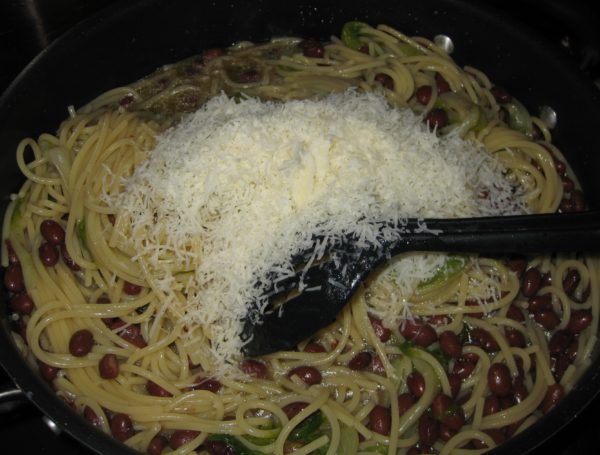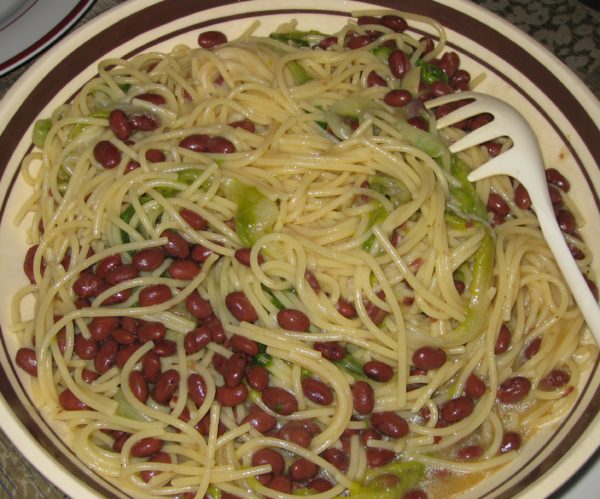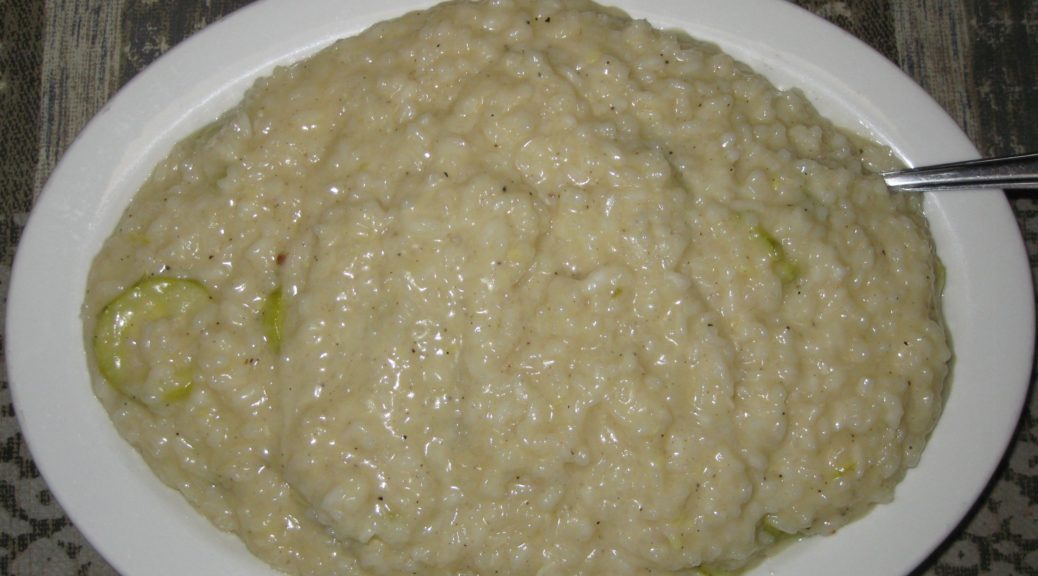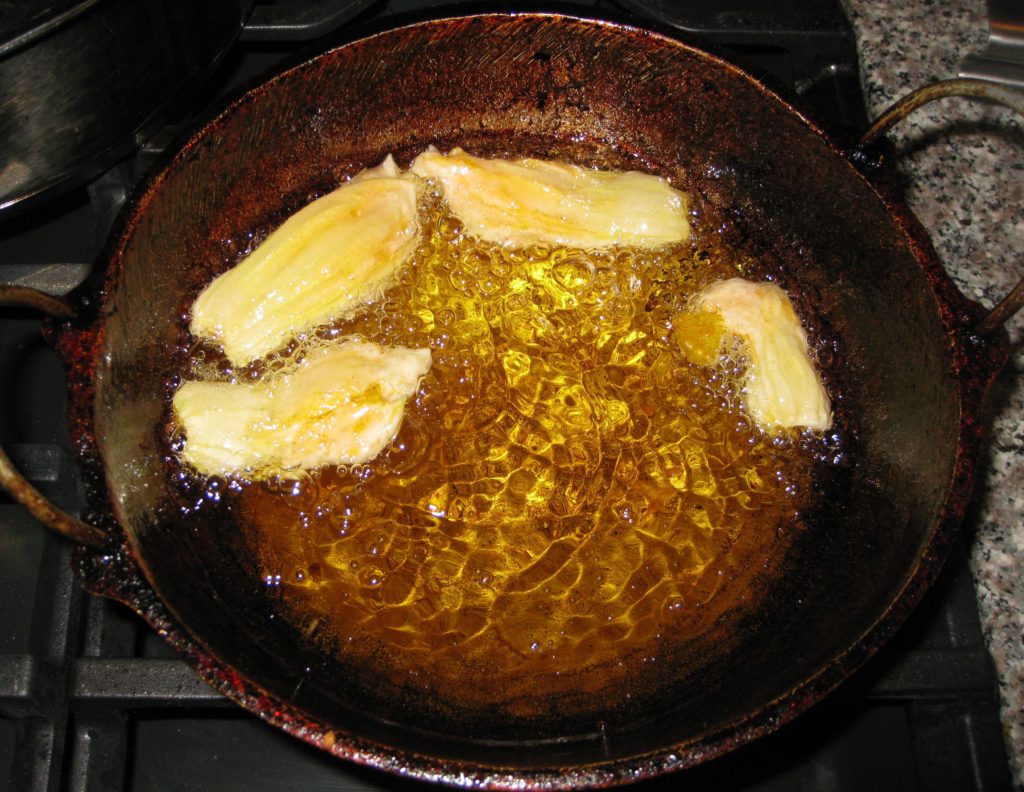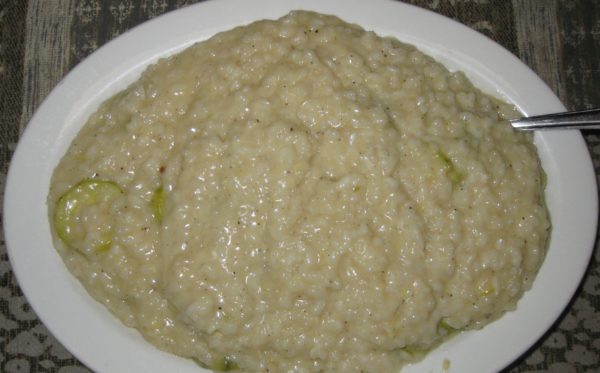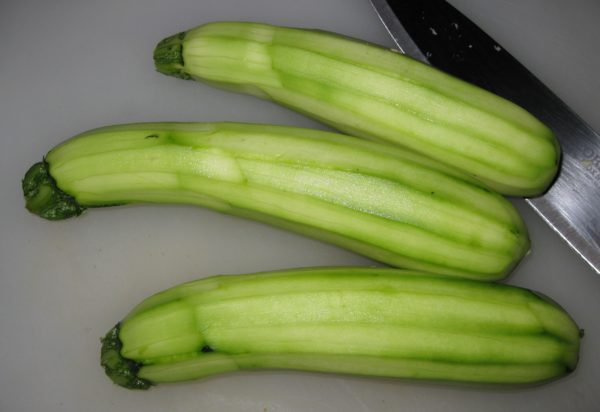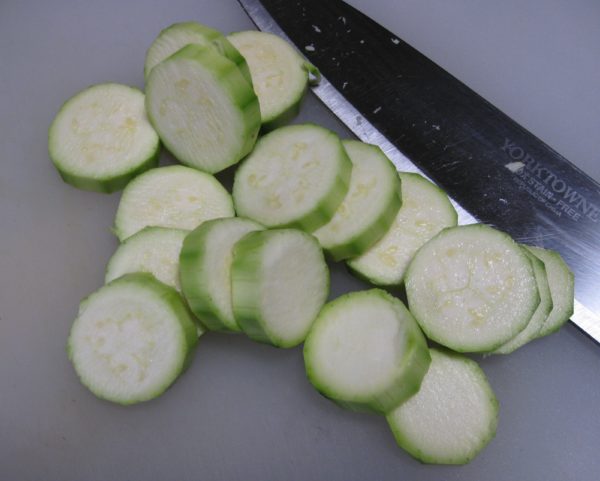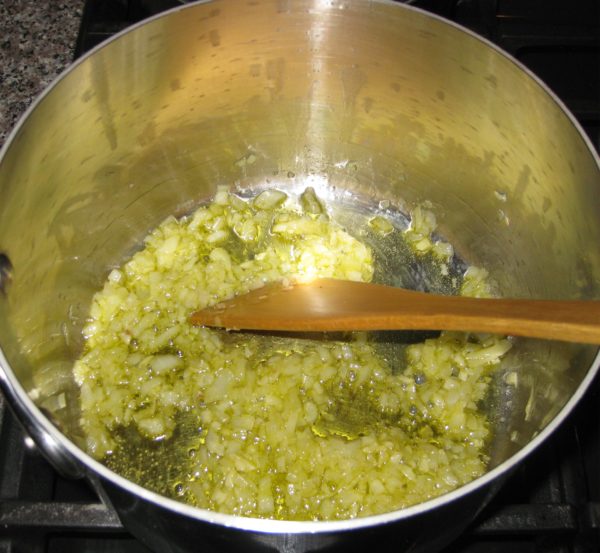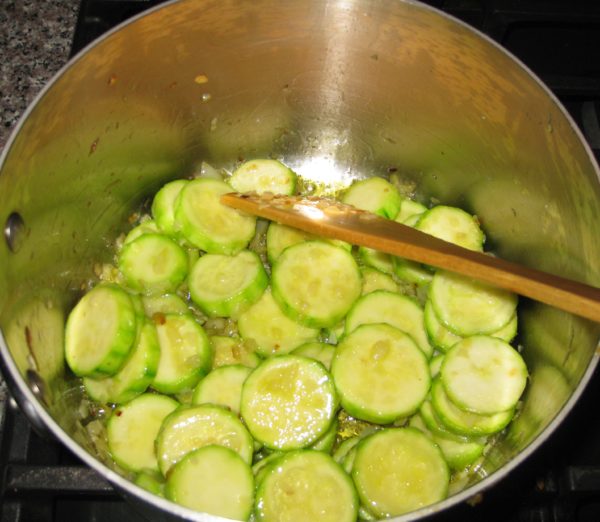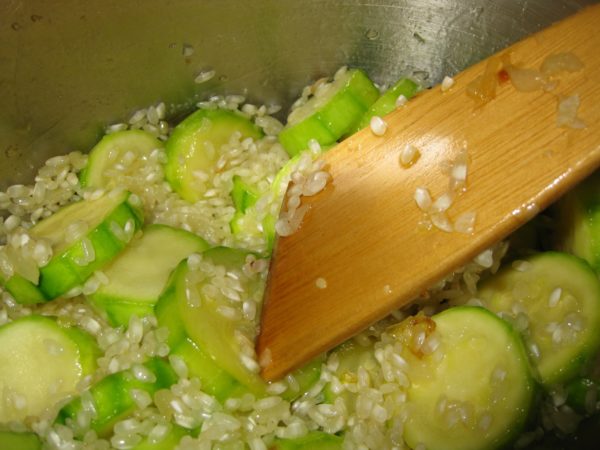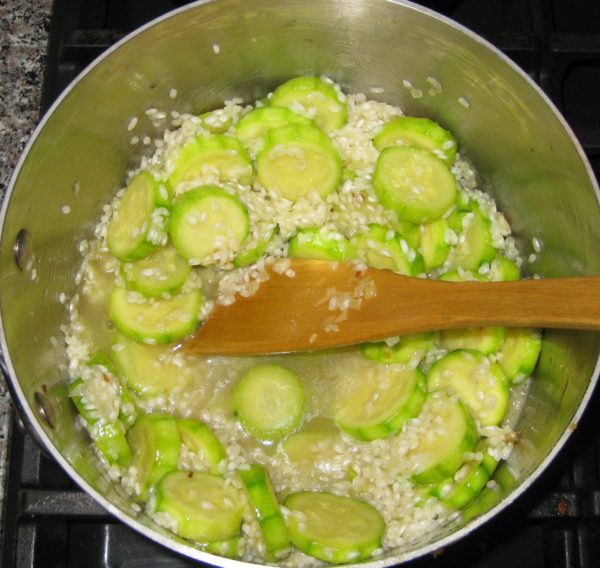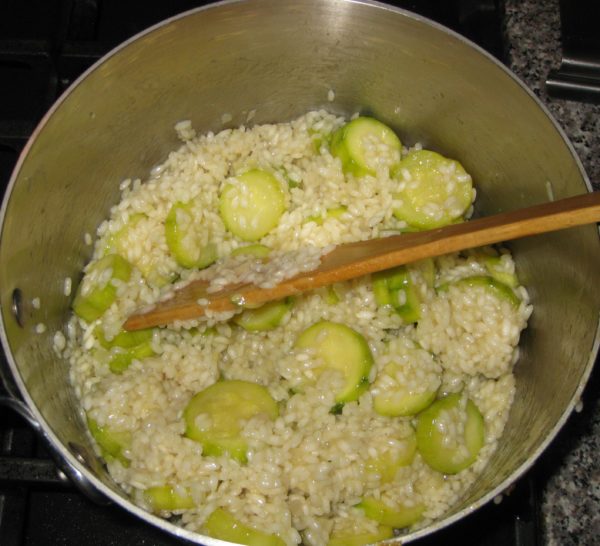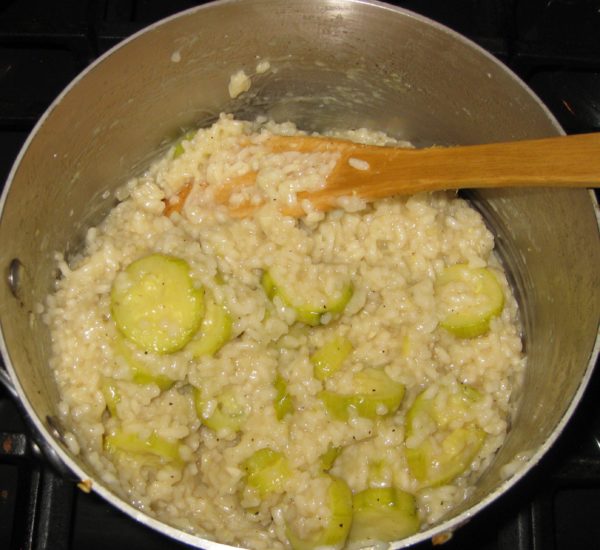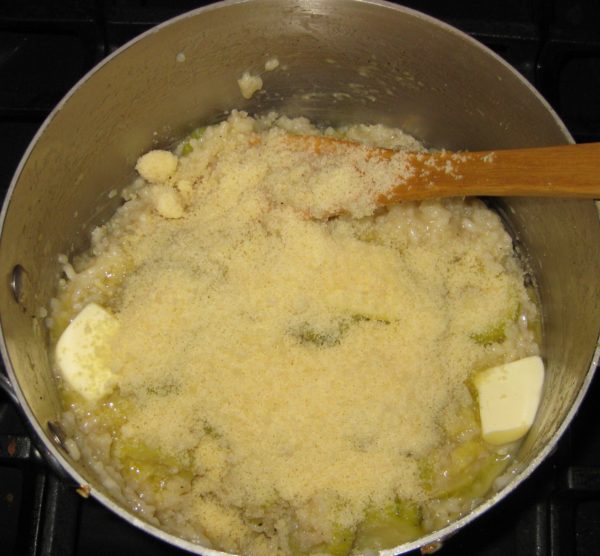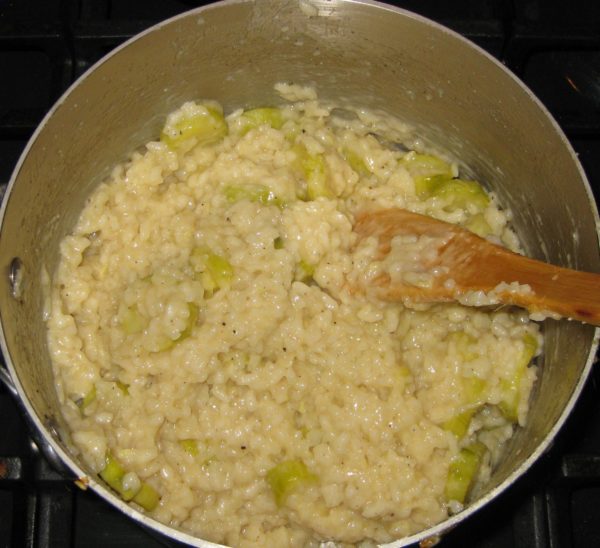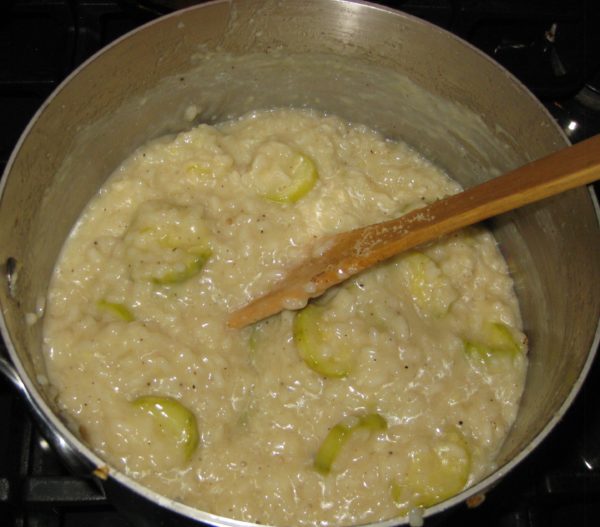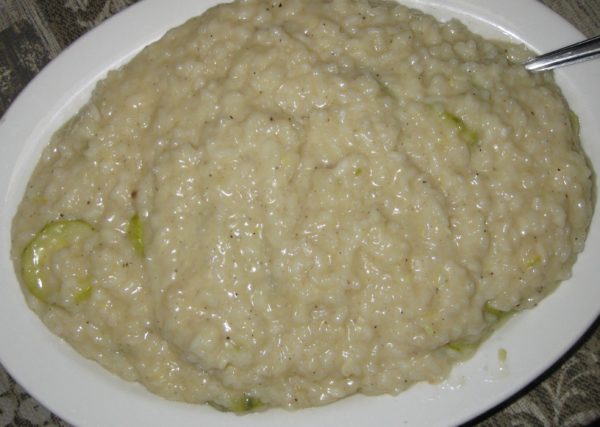January 4, 2020
Growing up I didn’t like eggplant. I didn’t much care for zucchini, either. Or kale.
Things are a whole lot different now.
As an adult, I basically haven’t met a vegetable I don’t like, though, naturally, I like some more than others.
As with zucchini, eggplants seem to defy the season. They’re available year-round and the quality is consistent. Just look for firm, shiny ones with no soft spots or wrinkled skin and you’re basically guaranteed of getting a good eggplant.
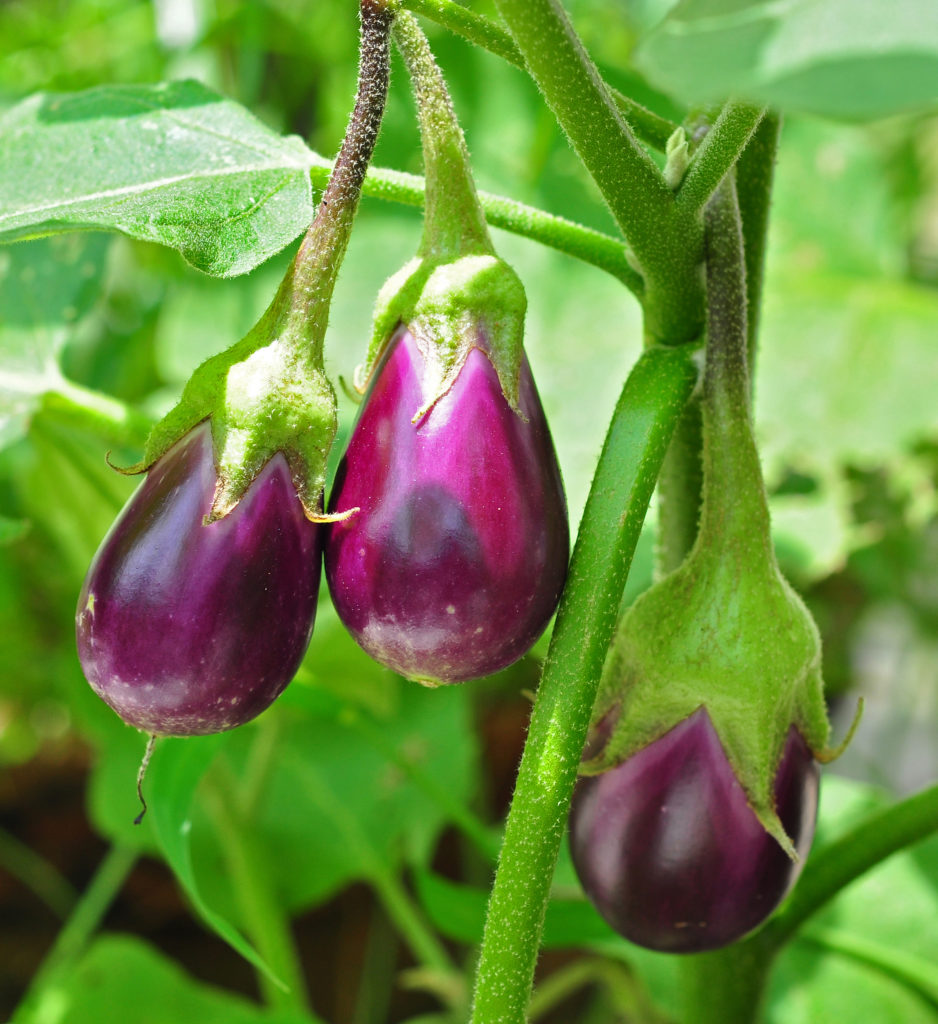
Eggplant is a versatile vegetable. It can be braised, baked, sautéed, fried and steamed … and probably cooked by any other method you can think of.
Join our mailing list and you’ll never miss a recipe again!
Eggplant will sop up any flavor that you pair with it. It will also sop up large amounts of oil so one needs to be cautious about frying large pieces of eggplant in abundant oil. Thin slices of eggplant can be floured and fried to great advantage, however.
Years ago, eggplant could be bitter but that trait has basically been bred out of the modern varieties one commonly encounters. The bitterness led cooks to salt and drain the eggplant to remove bitter juices. While this is no longer strictly necessary for control of bitterness it is still a great technique to reduce moisture content which is useful for some preparations.
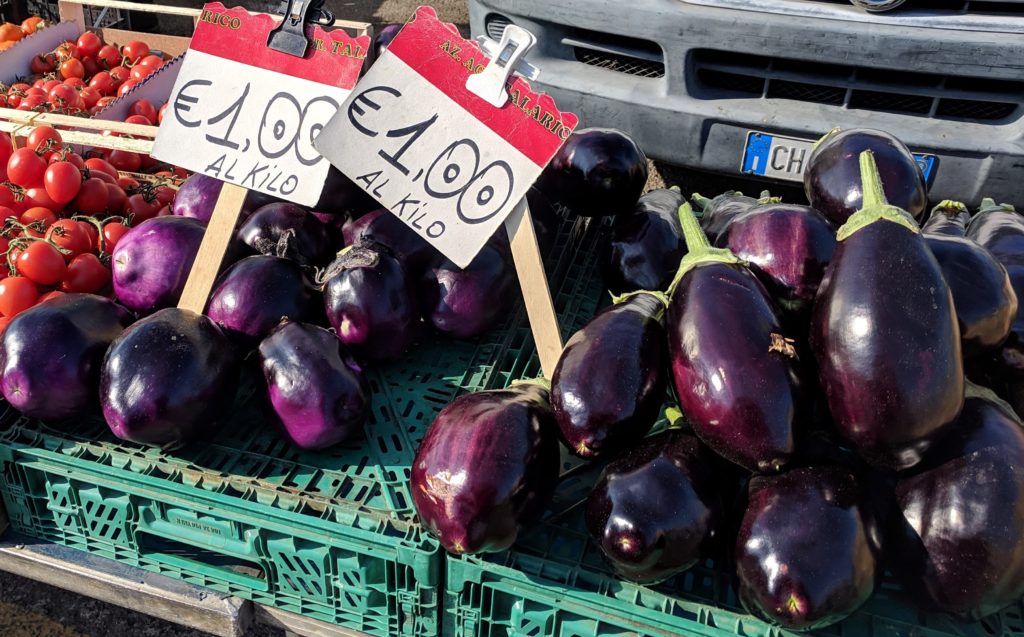
America’s Test Kitchen (the organization behind Cook’s Illustrated and Cook’s Country) has developed a method for removing water from eggplant using the microwave. I have lots of cooking equipment and have no qualms about using newer technology in place of older technology to simplify food prep. However, I want the newer technology be a natural evolution from the older technology as a way to preserve (but improve) traditional food preparation. For example, before food processors, one would “mush up” food as much as possible then put it through a sieve. Food processors do a much better (and faster) job of “mushing,” sometimes to the point that the sieving step isn’t necessary.
Follow us on your social media platform of choice
To me, that’s evolutionary. It’s a more efficient way of getting to the same outcome but staying true to the traditional method. Blasting eggplant in the microwave in place of salting it is not.
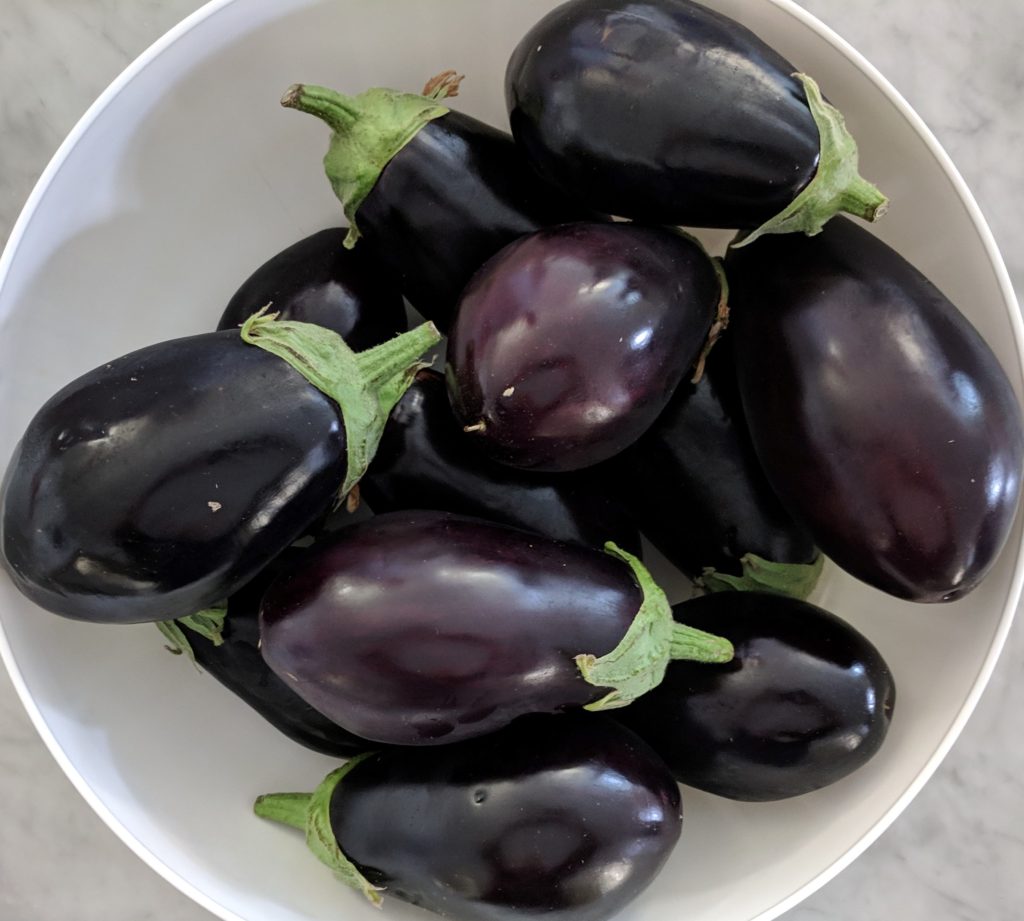
While I have great respect for the rigor of America’s Test Kitchen, some of their hacks and shortcuts really trouble me from the standpoint of maintaining and transmitting traditional foodways. Using V-8 juice in minestrone in place of tomato is an example.
With salting, rather than microwaving, we’ll proceed to today’s recipe, It’s a very straightforward baked eggplant with Parmigiano Reggiano cheese. Somehow it manages to be WAY more than the sum of its parts. I urge you to try it, even if you think you don’t like eggplant.
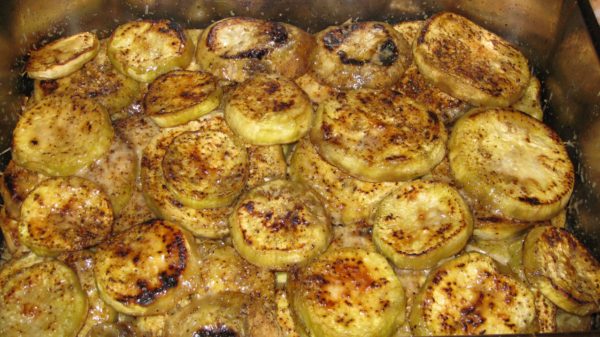
| Prep Time | 30 minutes |
| Cook Time | 1 hour |
| Passive Time | 1 hour |
| Servings |
people
|
- 1/2 cup extra virgin olive oil
- 4 cloves garlic bruised
- 2-3 medium eggplant approximately 1 pound each
- salt to taste
- Freshly ground black pepper to taste
- 1 cup freshly grated Parmigiano Reggiano cheese or to taste
- 3 tablespoons unsalted butter melted, plus more for buttering the pan
Ingredients
|

|
- Peel the eggplant and cut crosswise into rounds ½ inch thick.
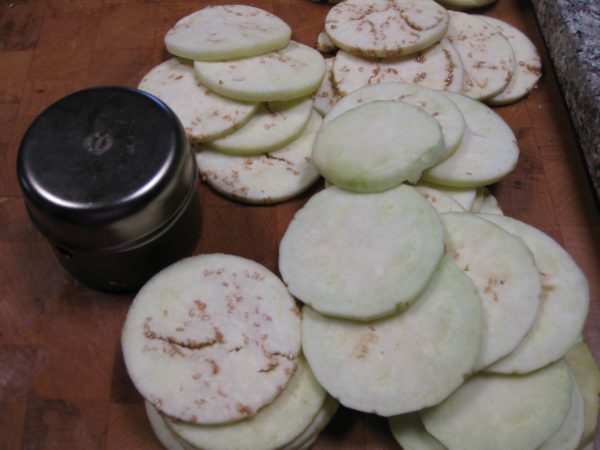
- Liberally salt the eggplant slices on both slides and put them in a colander.
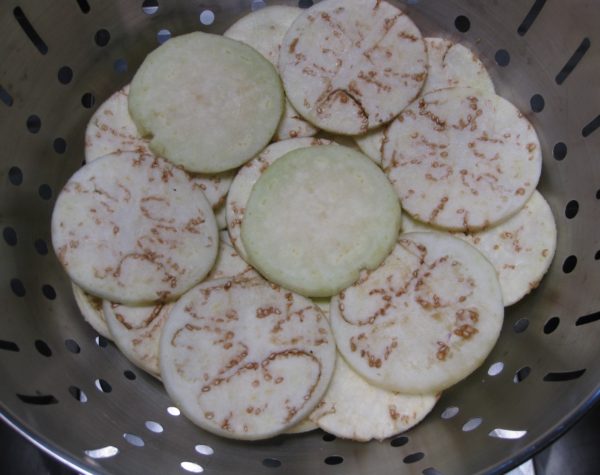
- Set a weight on top of the egglant (such as a plate with a heavy can on top) and allow to drain for one hour.
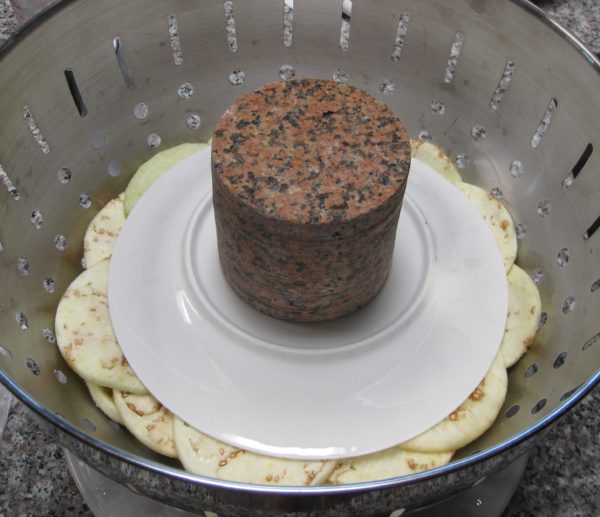
- Meanwhile, gently sauté the garlic in the olive oil on low heat until the garlic is golden brown.
- Remove the oil from the heat. Discard the garlic and reserve the oil.
- Rinse the eggplant. Blot dry.
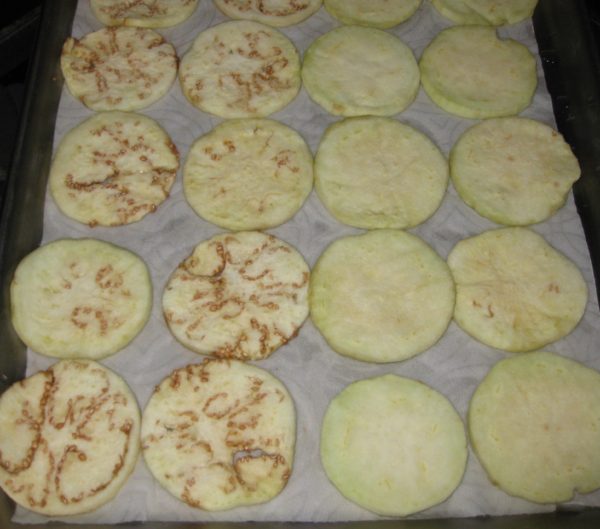
- Butter an ovenproof serving dish (or individual ramekins if making individual portions).
- Coat the bottom of a large sauté pan with 1-2 tablespoons of the garlic-flavored oil. A non-stick pan works best but a well-seasoned ordinary sauté pan will work fine. When the oil is very hot add one layer of eggplant slices. Cook until nicely browned being careful not to burn the eggplant which will make it bitter.
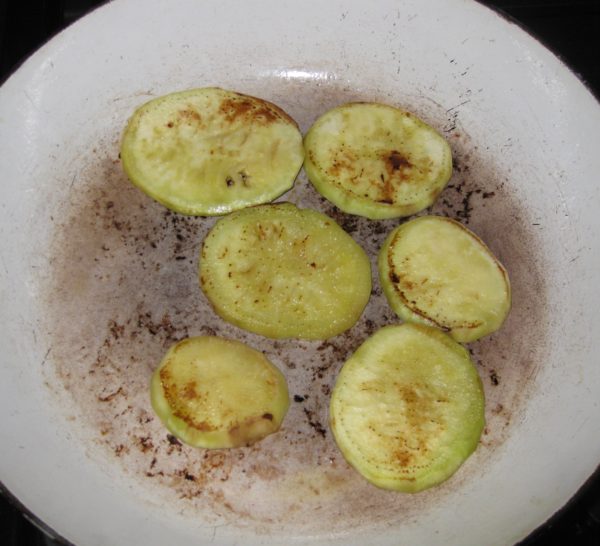
- When browned on one side turn the eggplant slices over. You may need to drizzle a little oil into the pan to keep the eggplant from sticking. The eggplant should still be firm in the center. It will complete its cooking in the oven.
- When the second side is brown put the eggplant in a buttered ovenproof serving dish, preferably one with a cover.
- Lightly salt the eggplant. Sprinkle with freshly ground black pepper to taste and some of the grated Parmigiano. Repeat layering eggplant, pepper and cheese until all the eggplant is used up.
- Finish with grated Parmigiano. Drizzle with the melted butter.
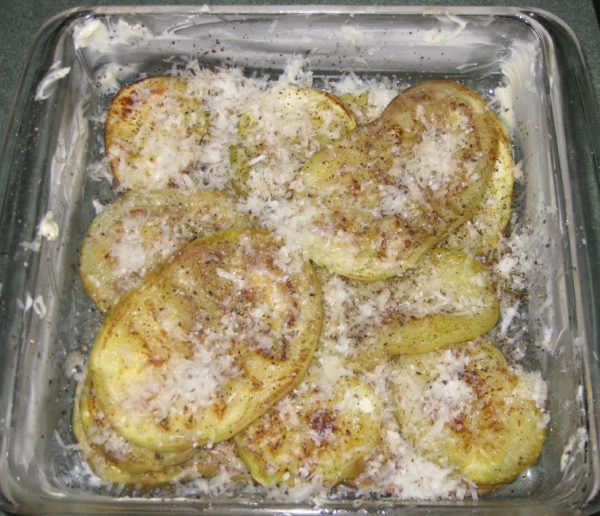
- Cover and bake at 350°F for approximately 30 minutes. Uncover and continue baking for 10-15 minutes to brown the top.
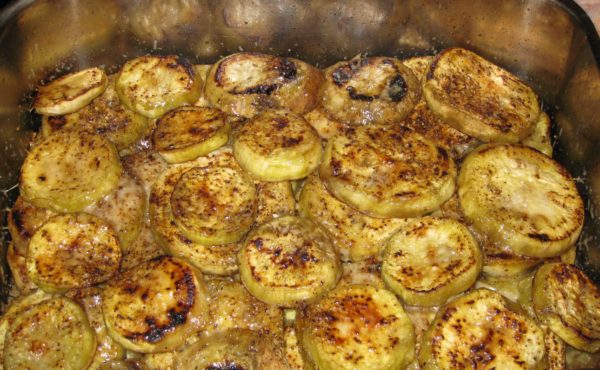
Copyright © 2020 by Villa Sentieri, LLC. All rights reserved.

